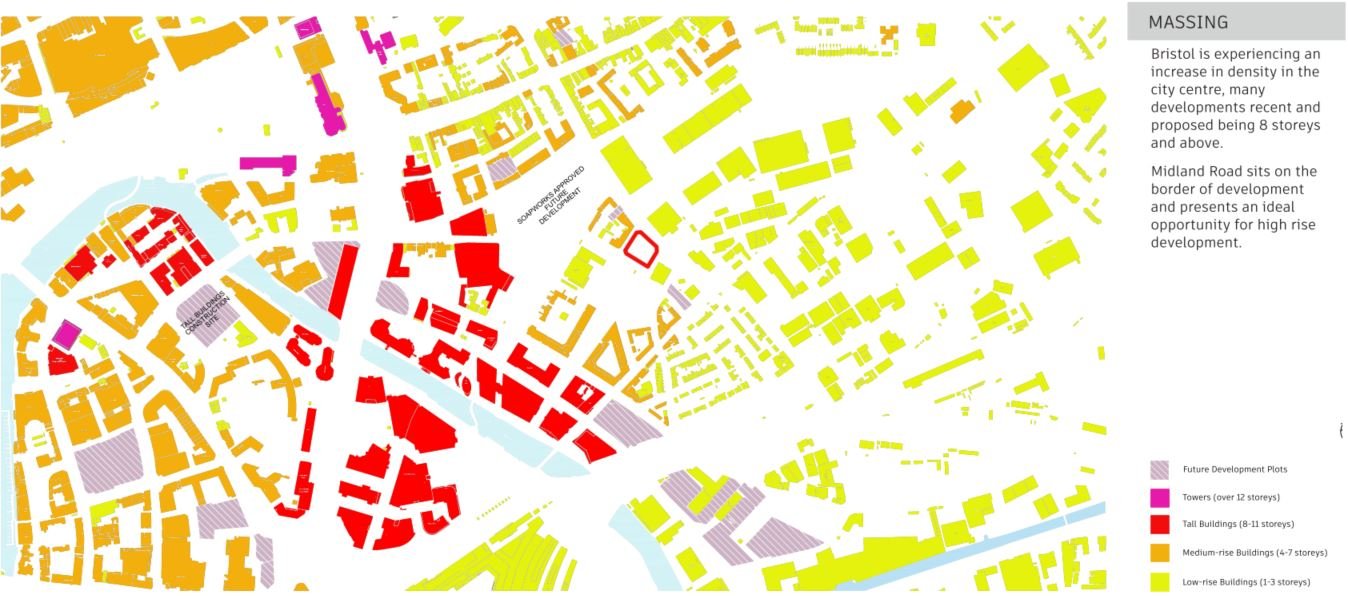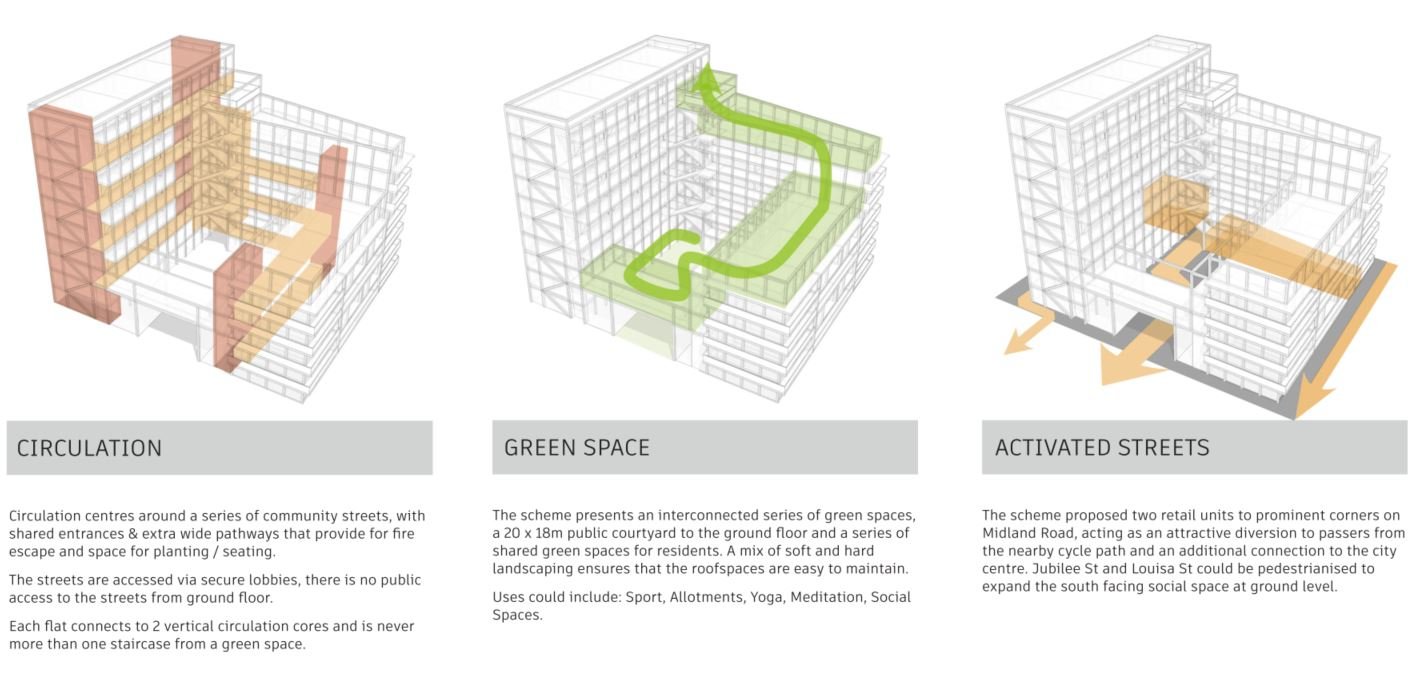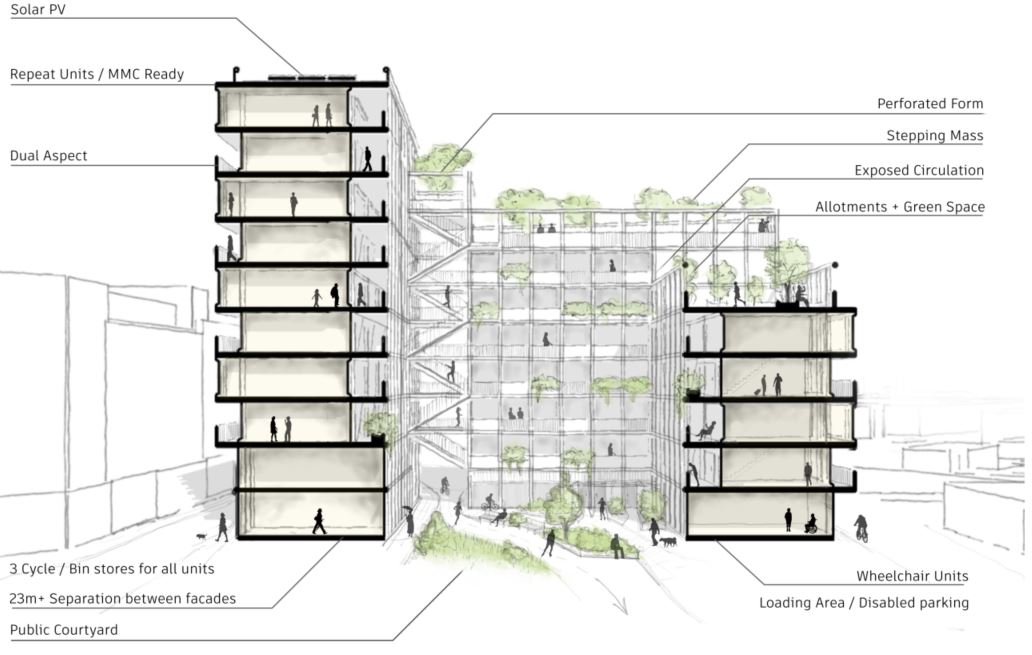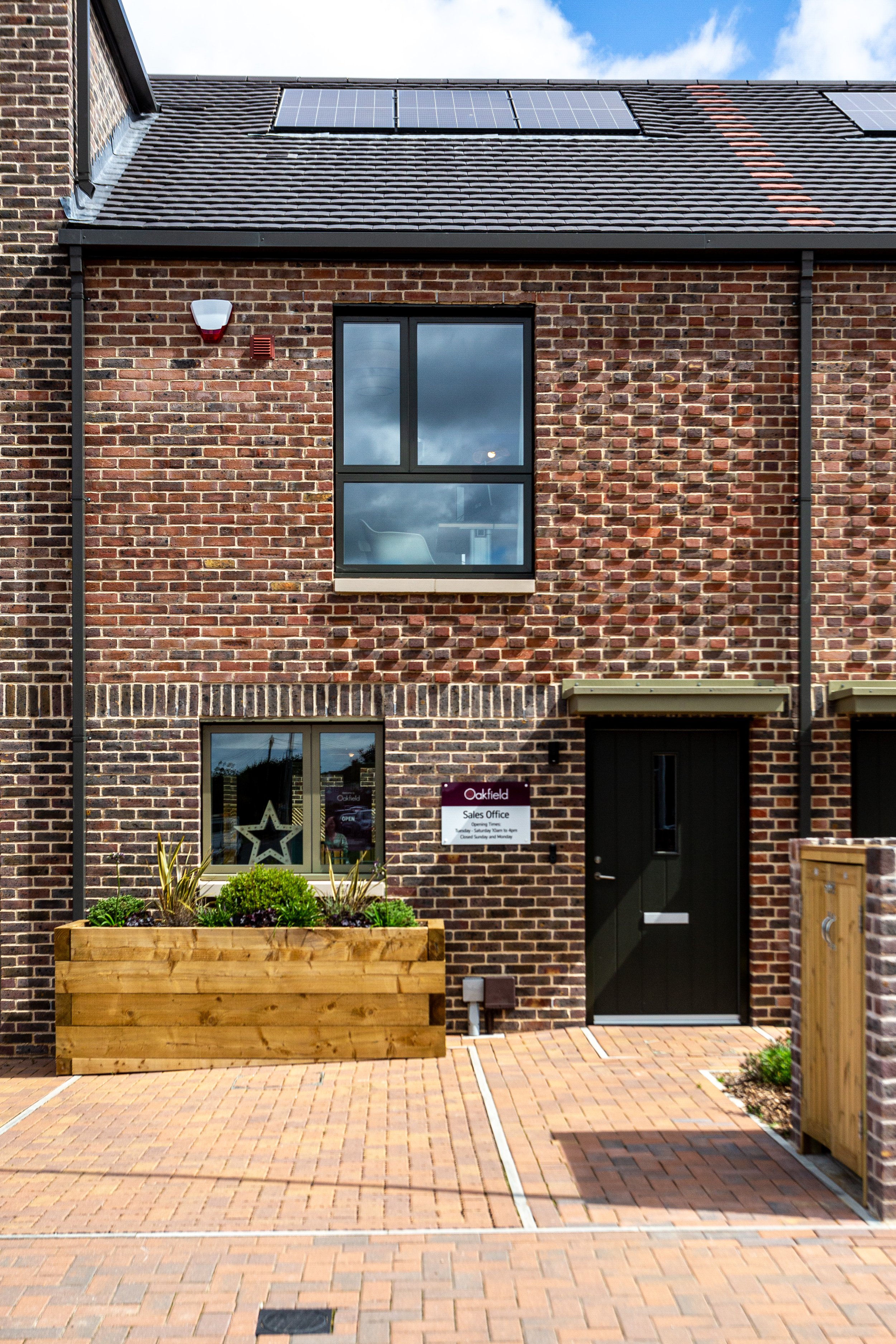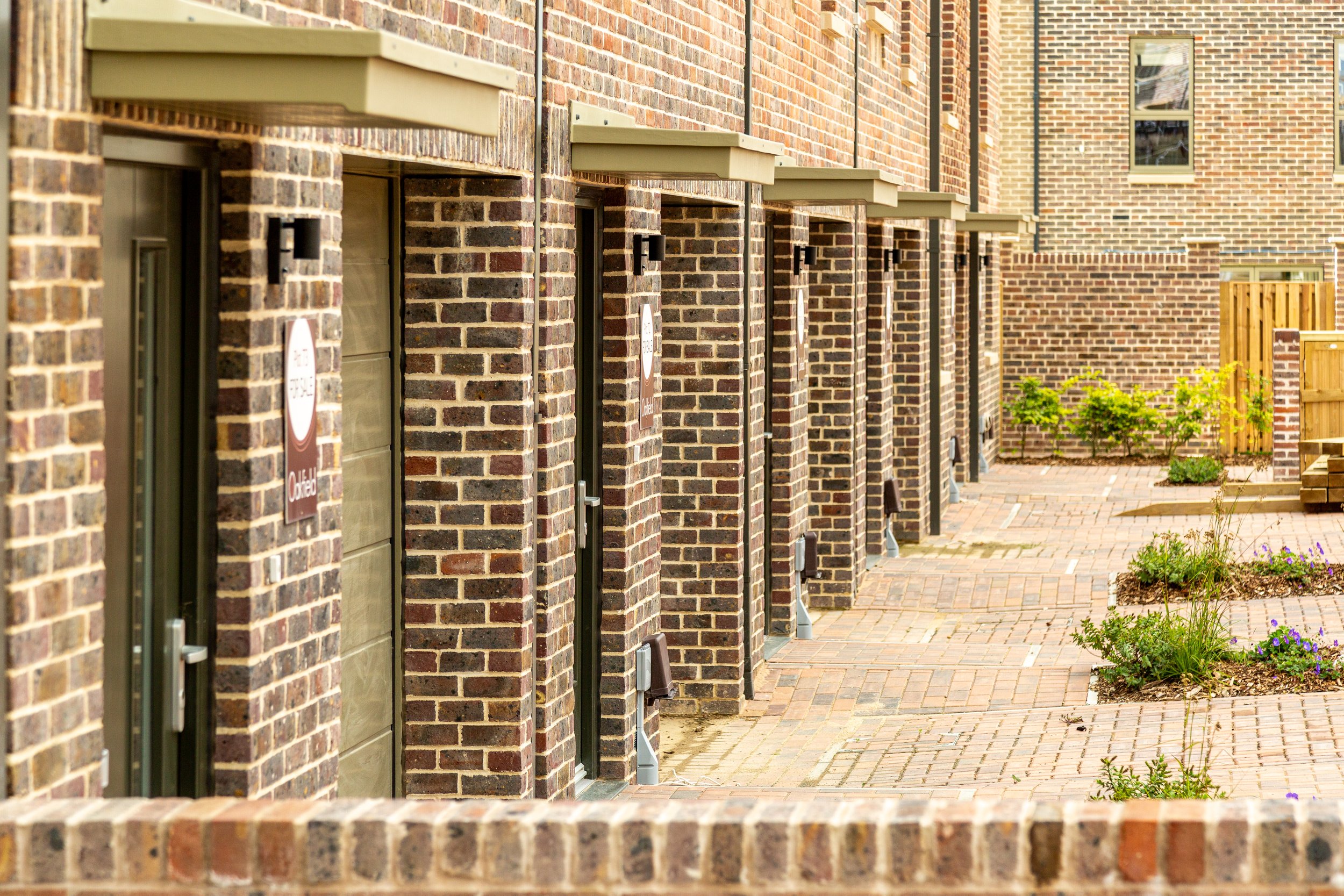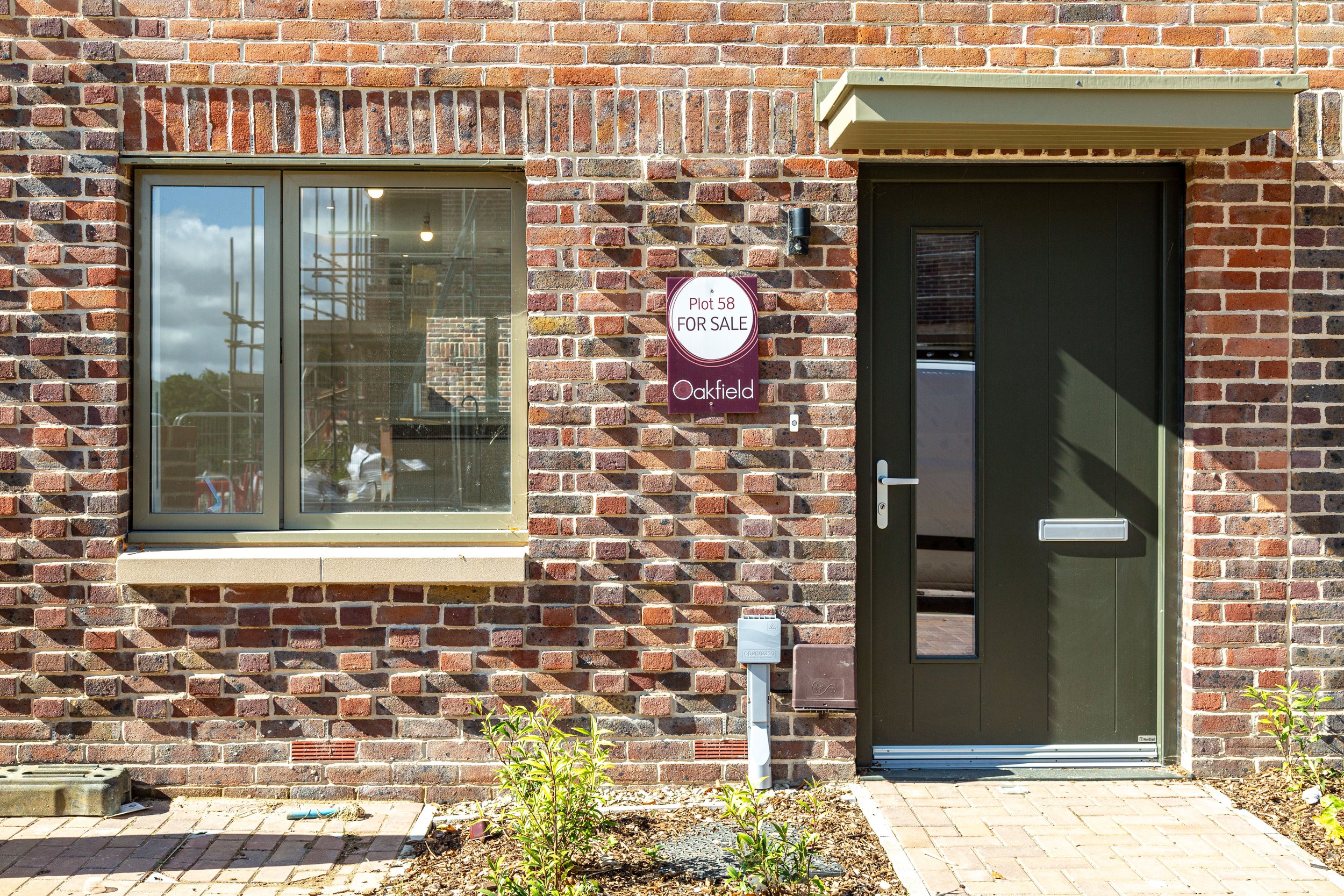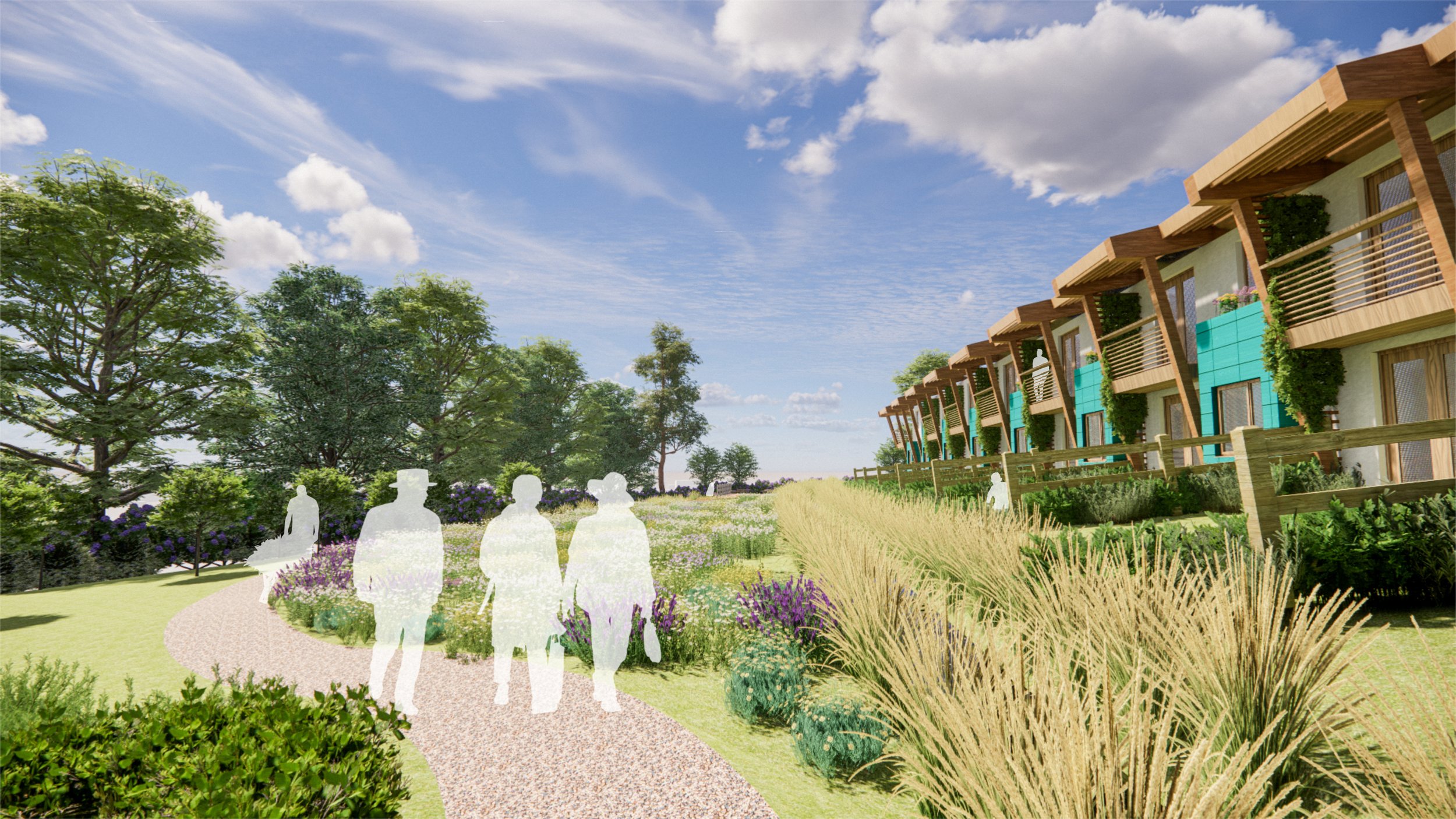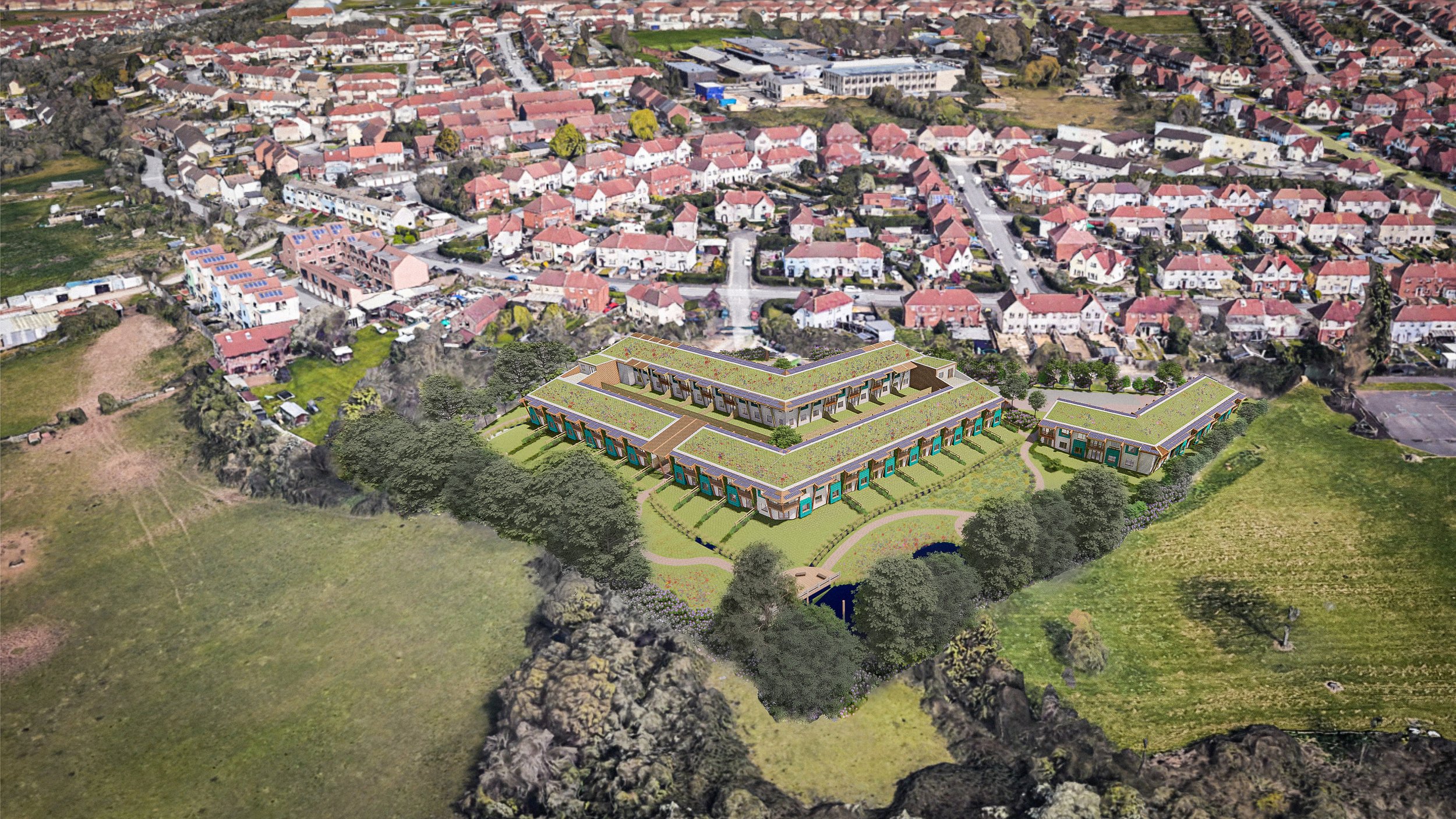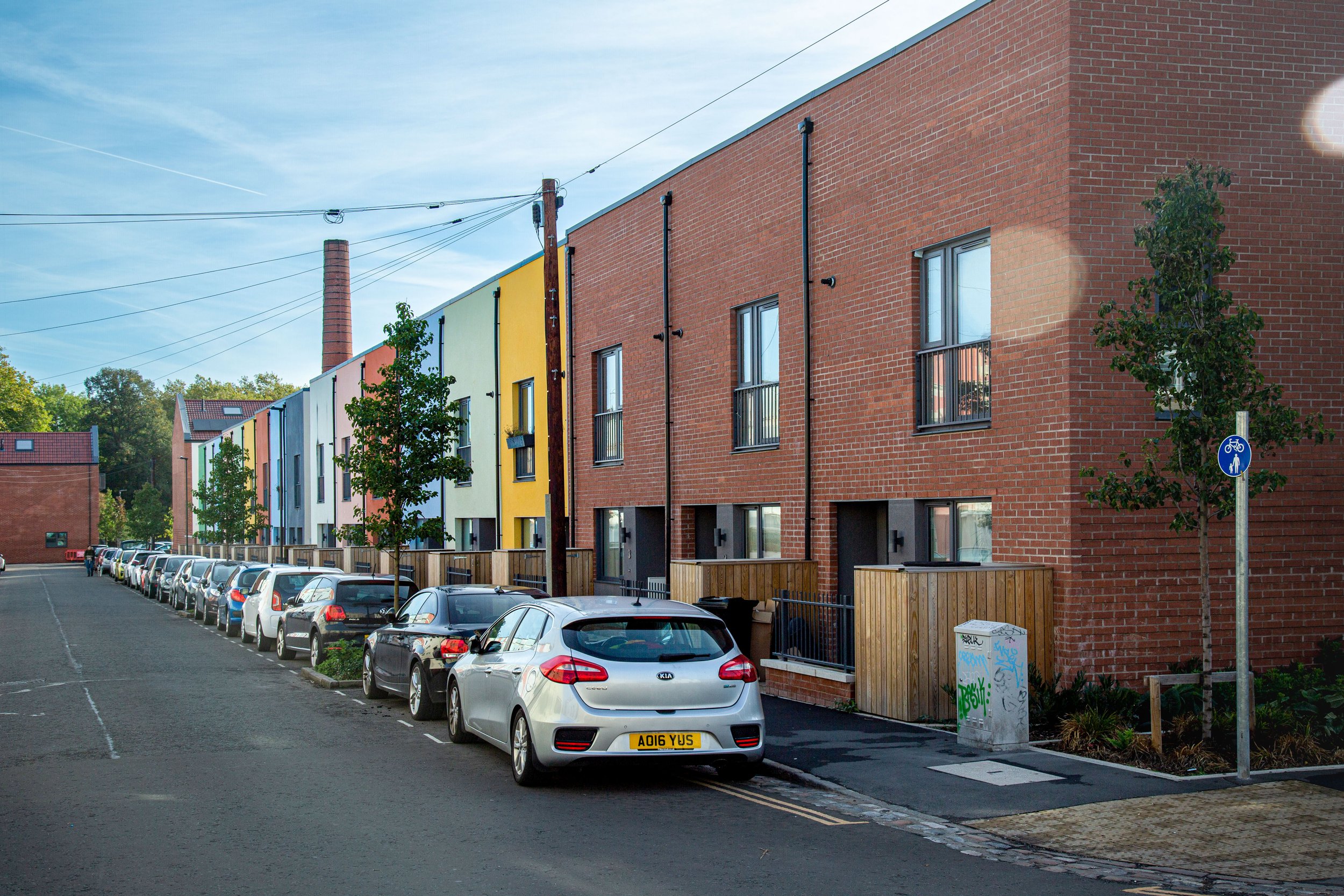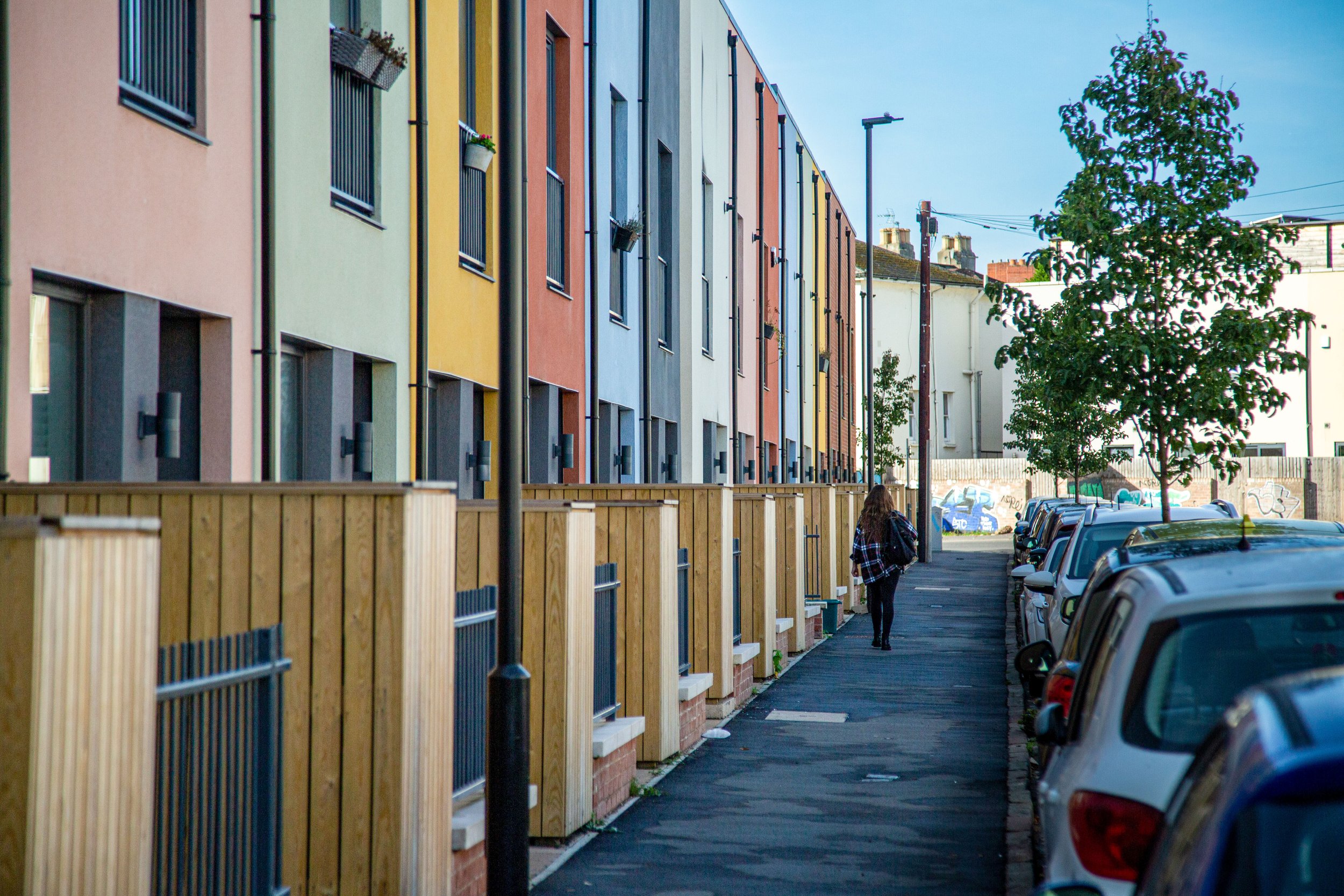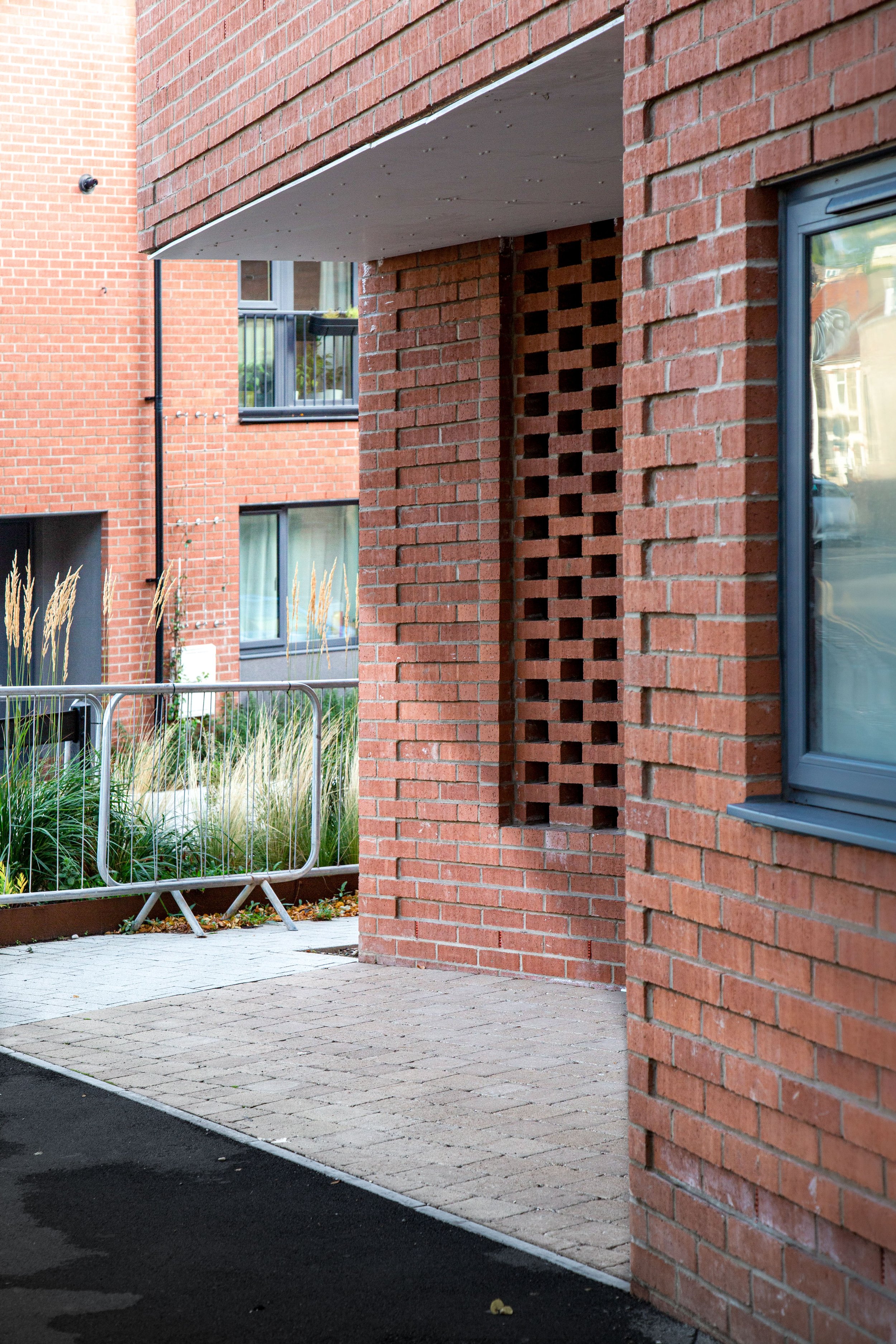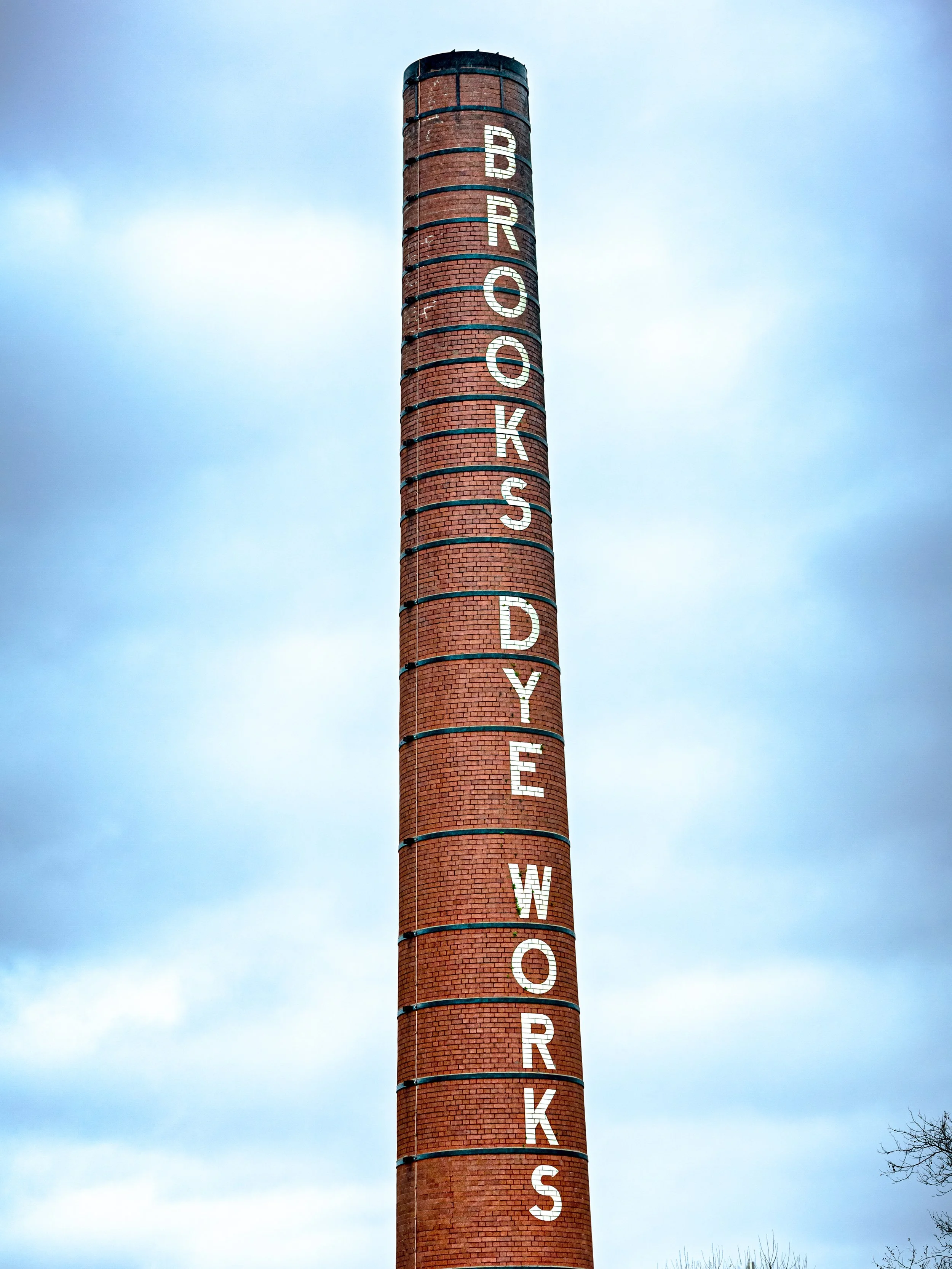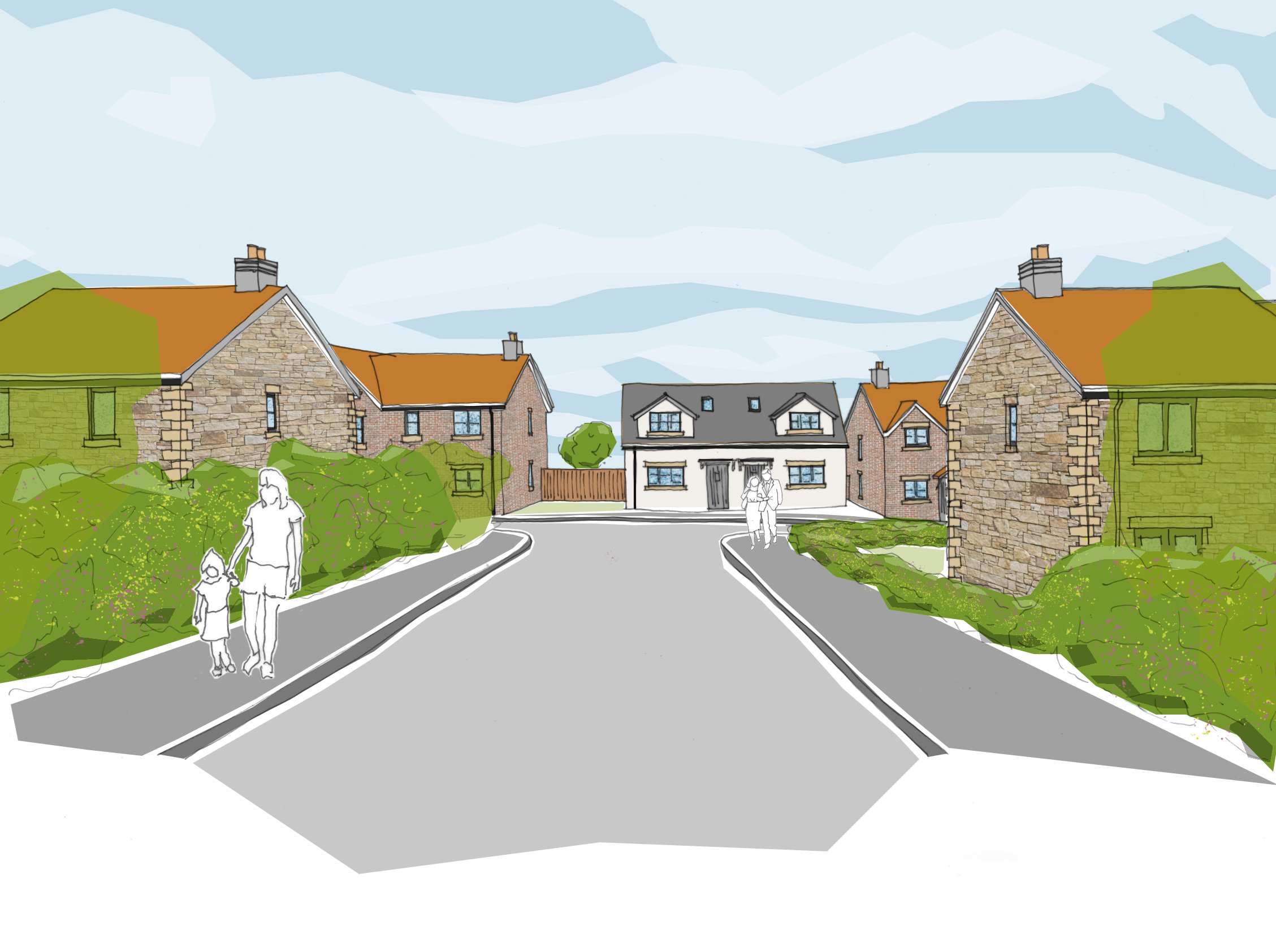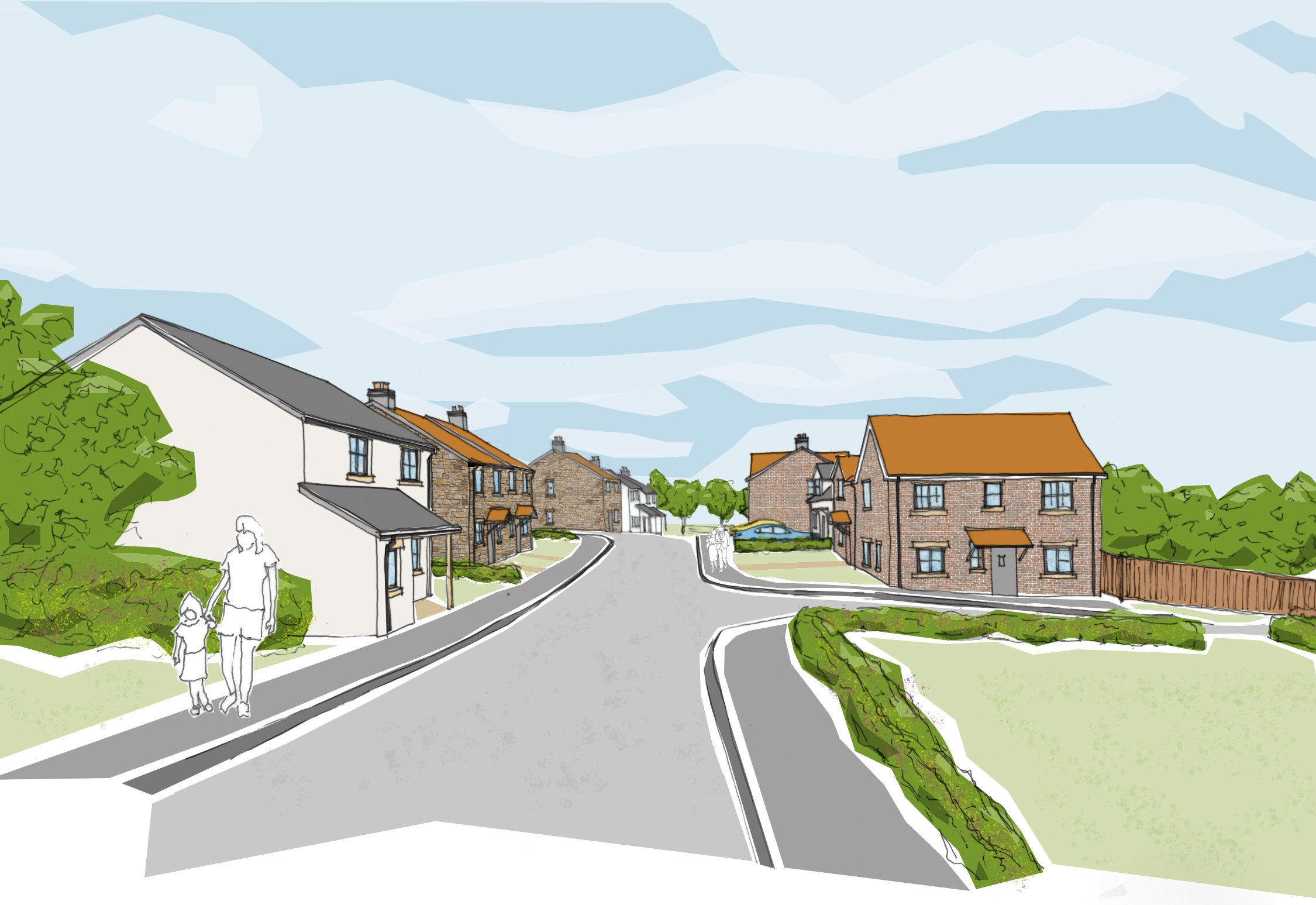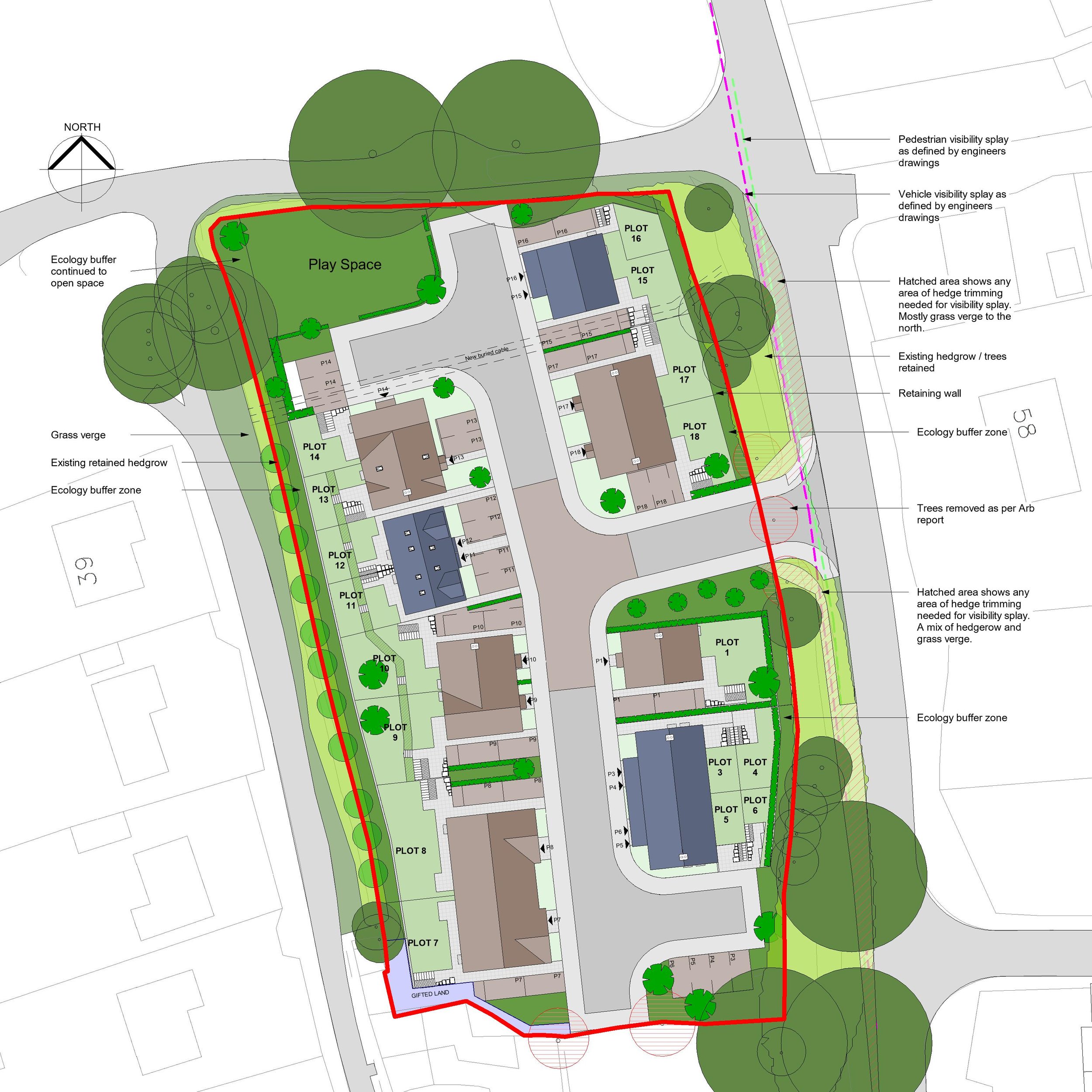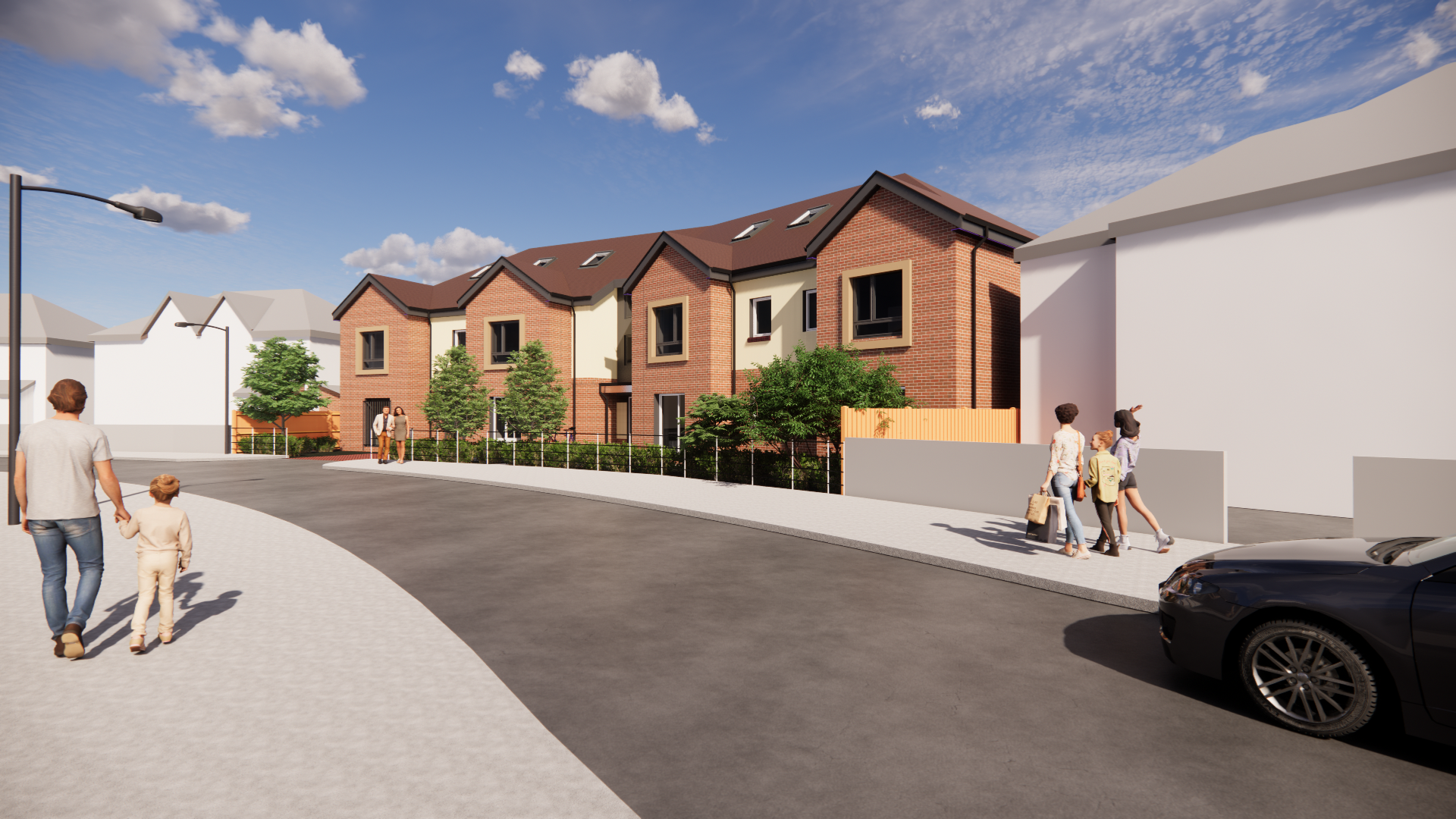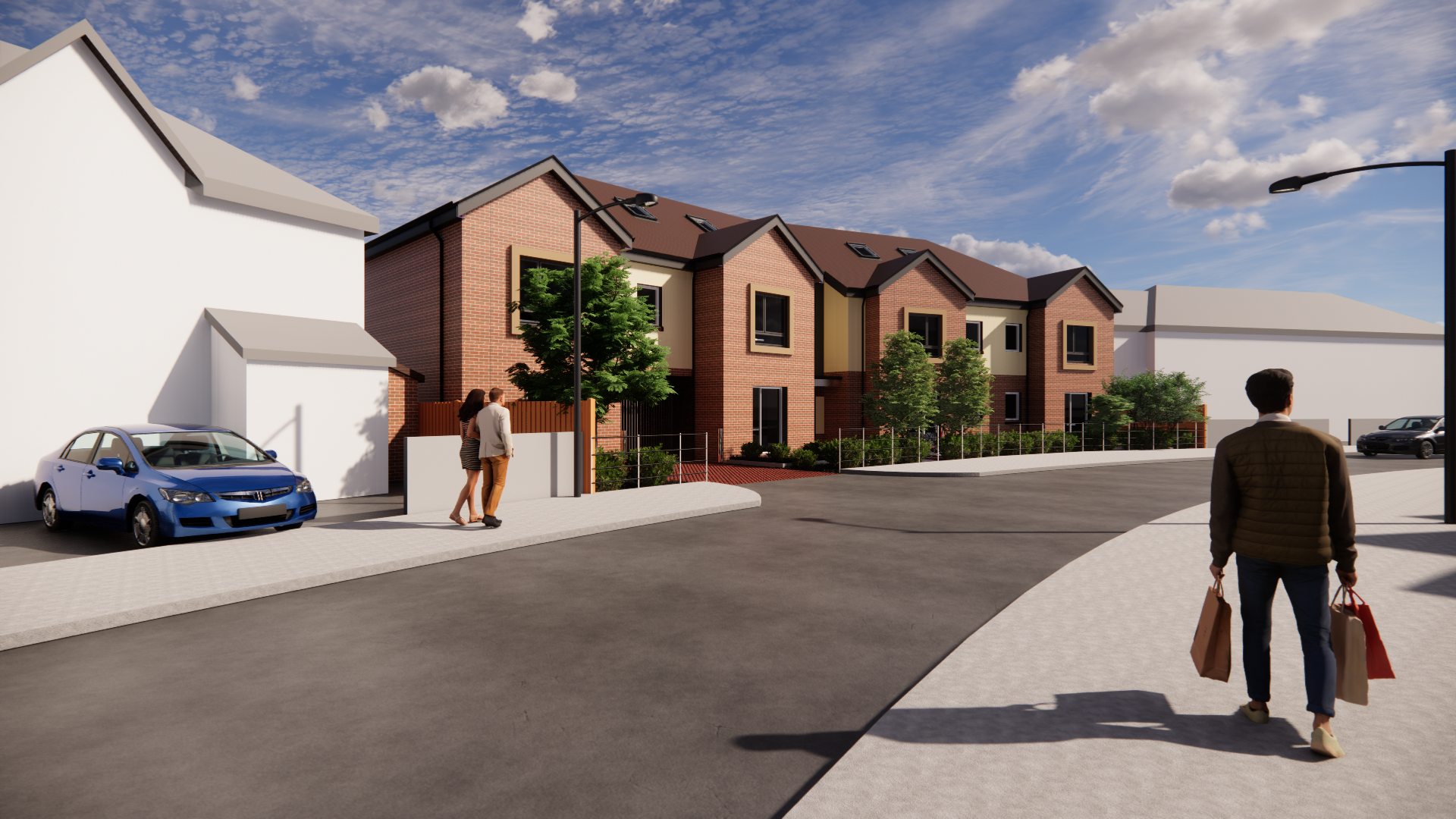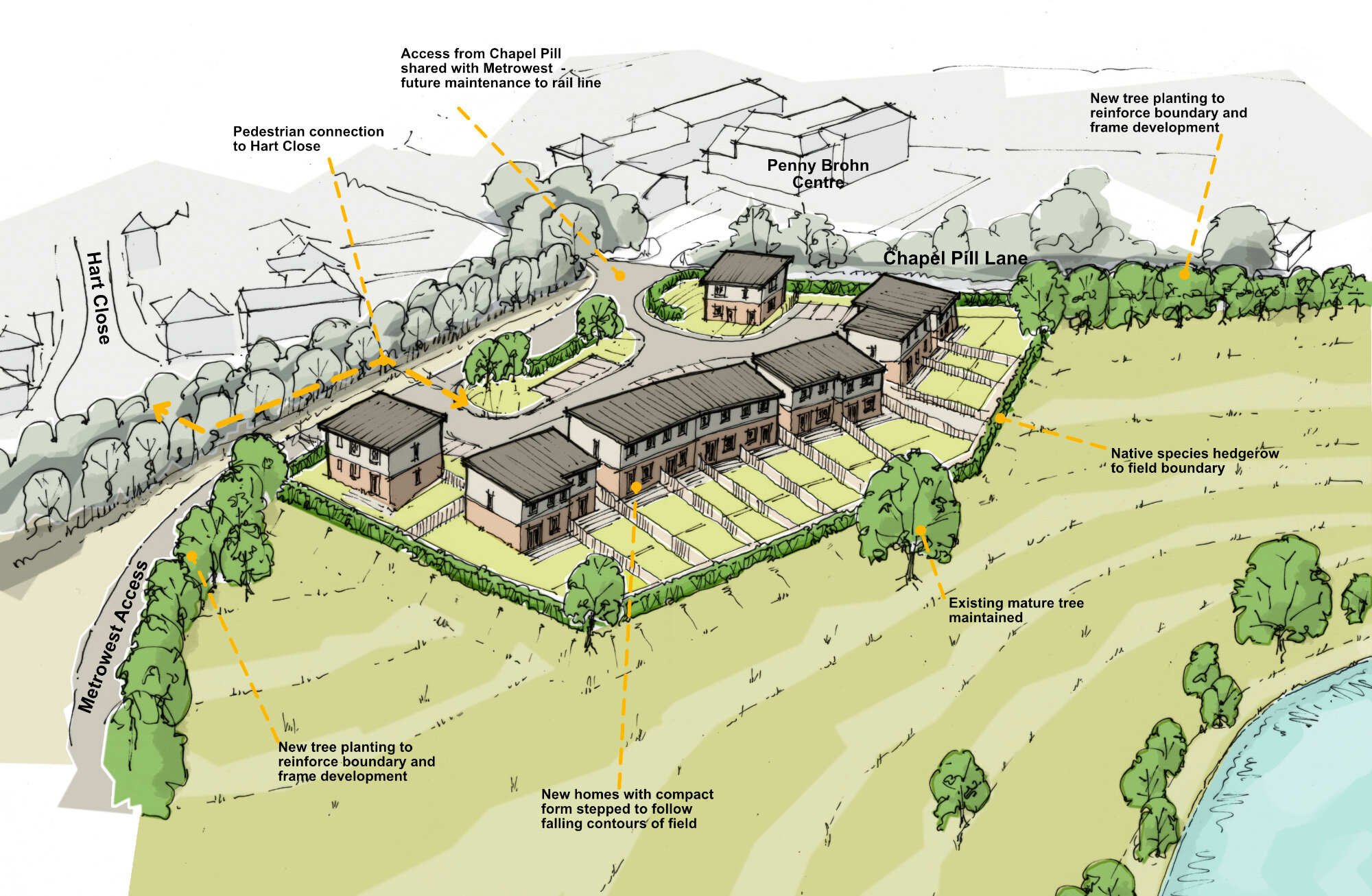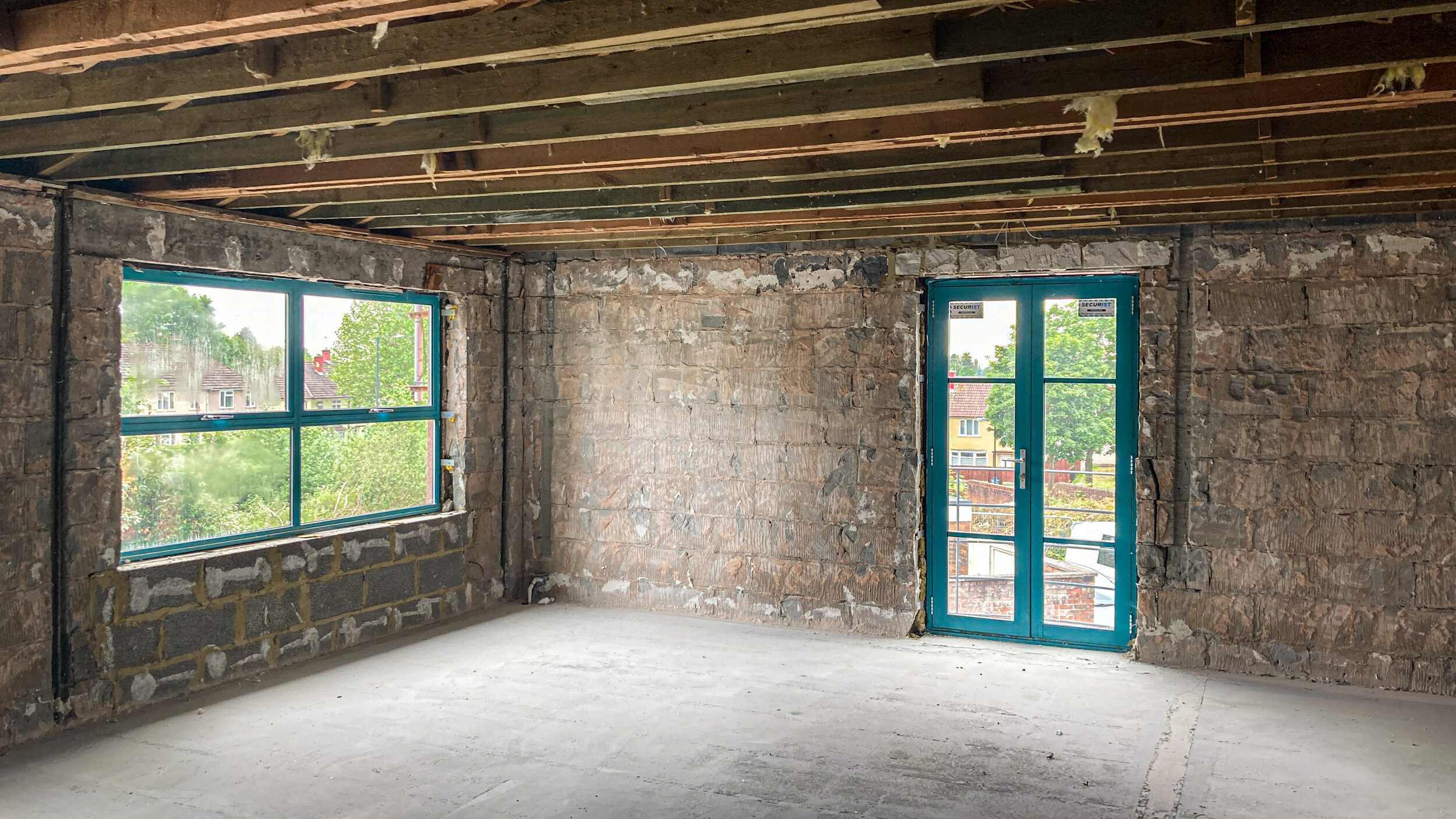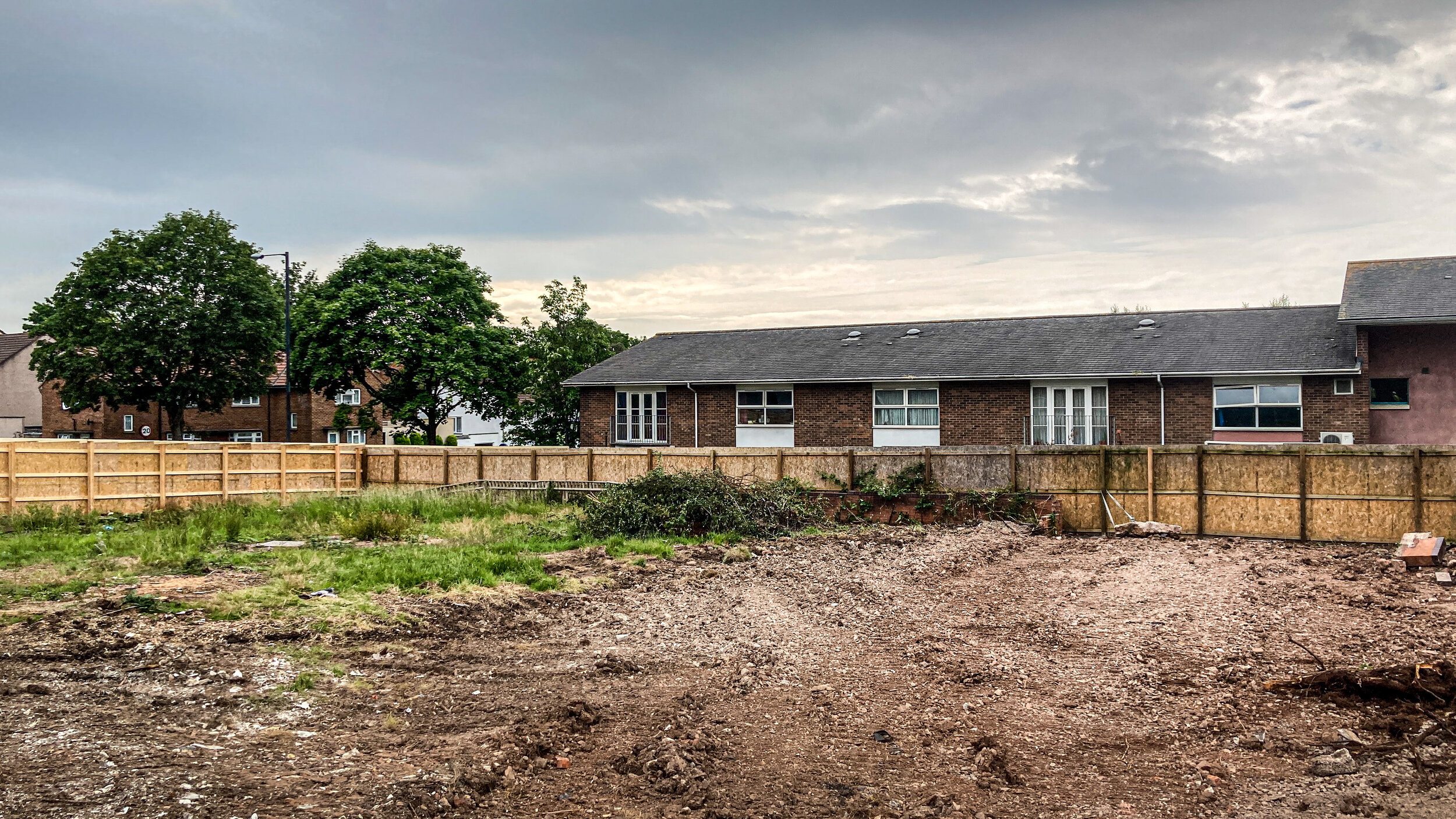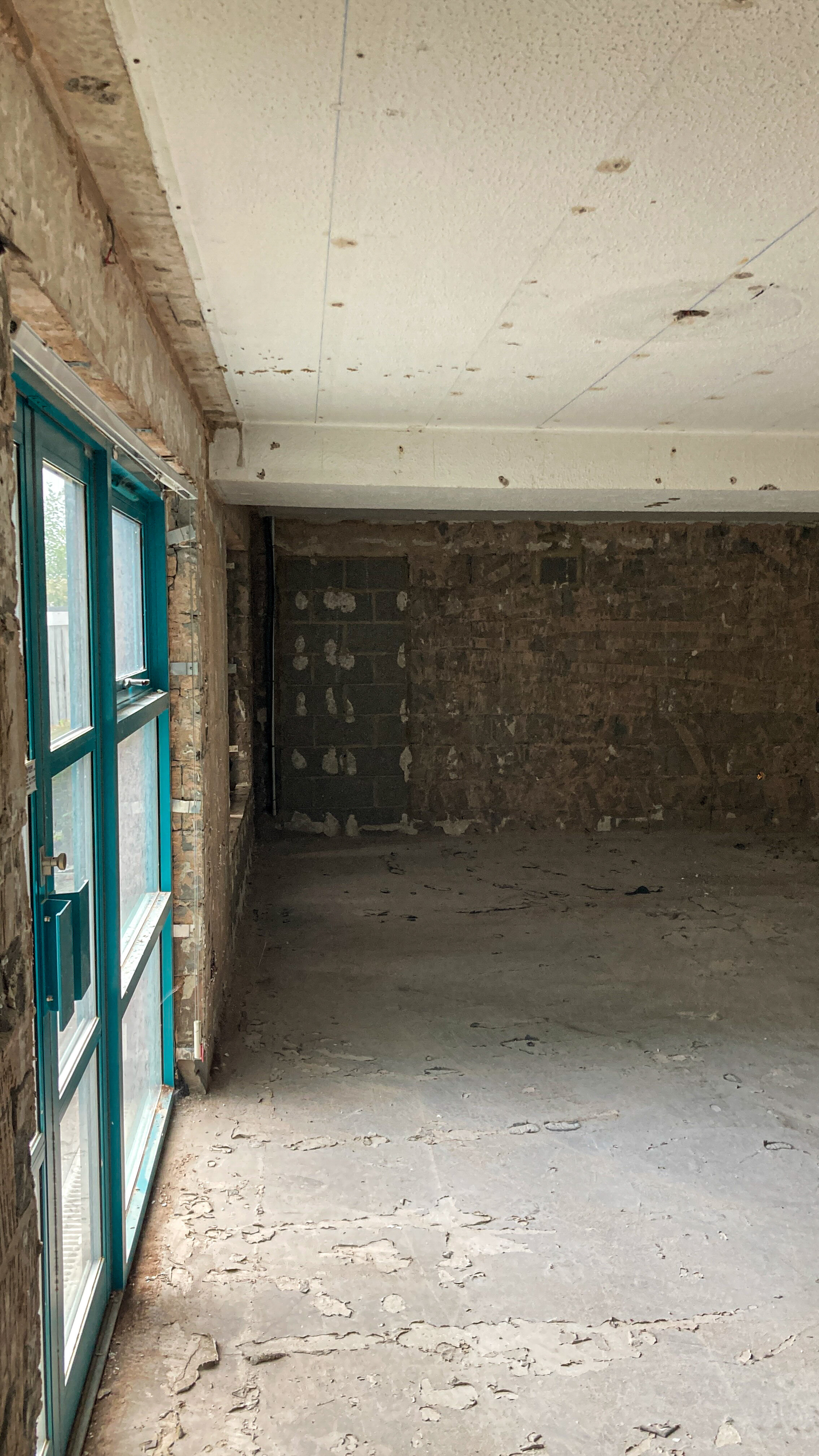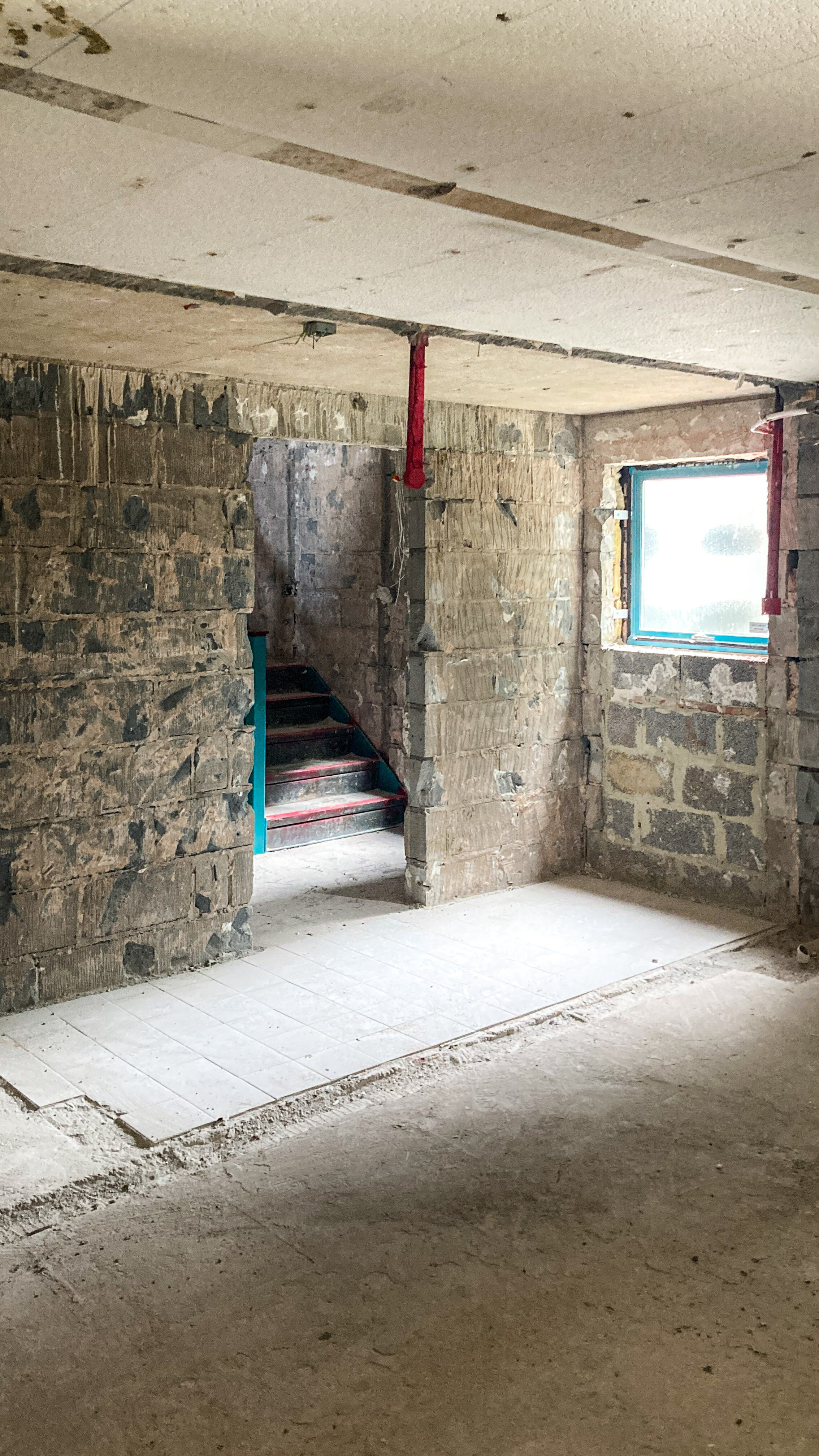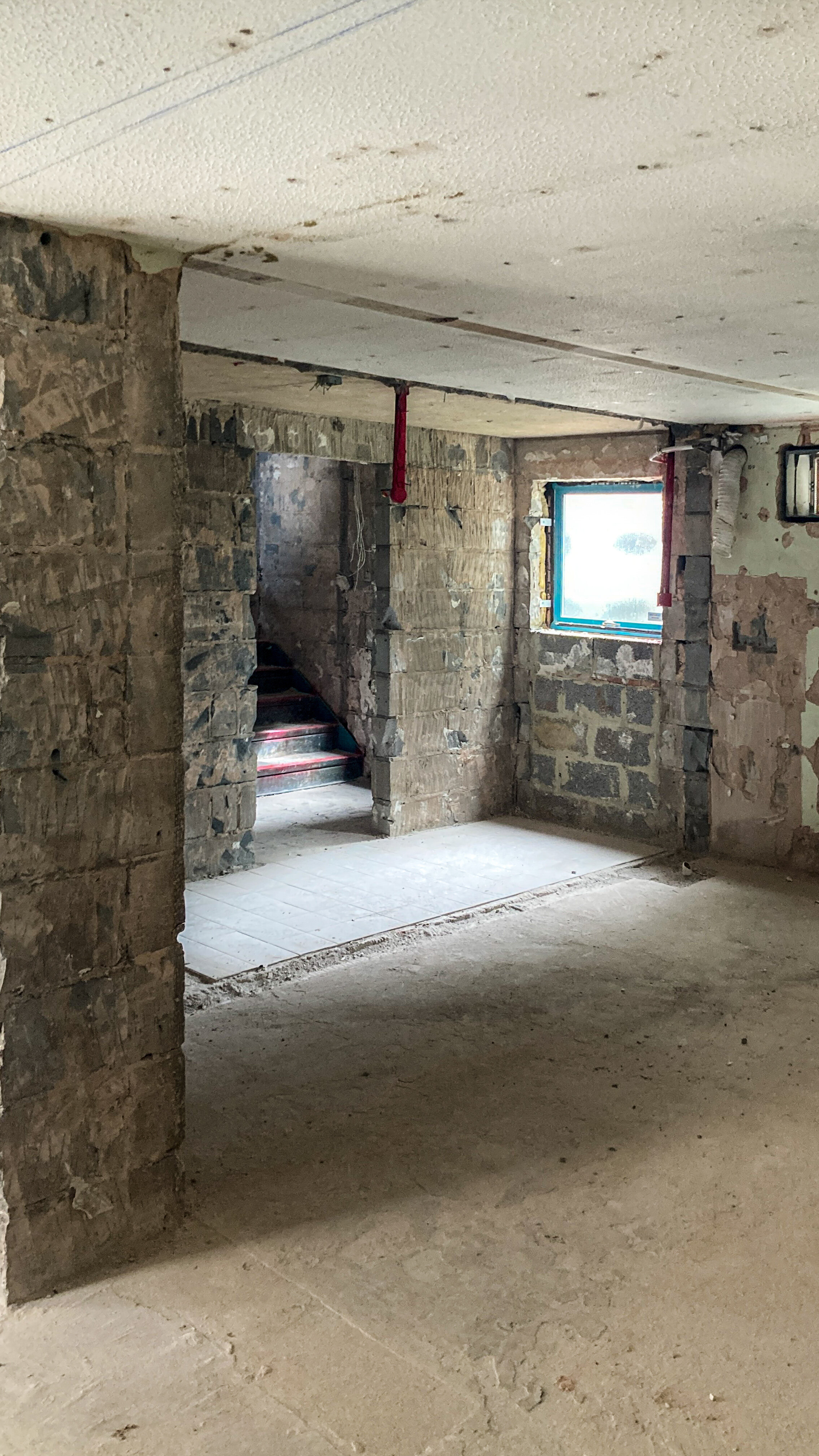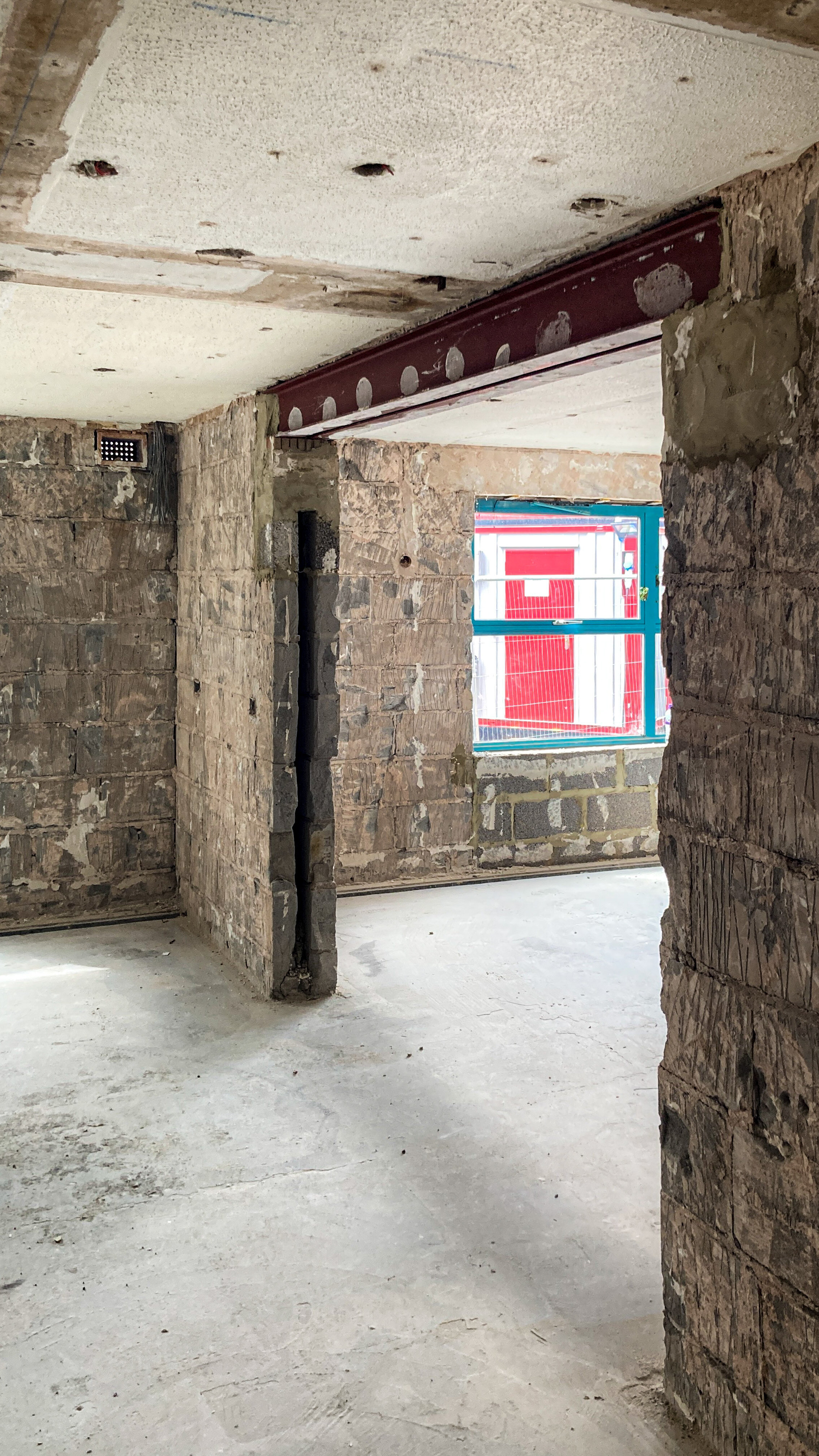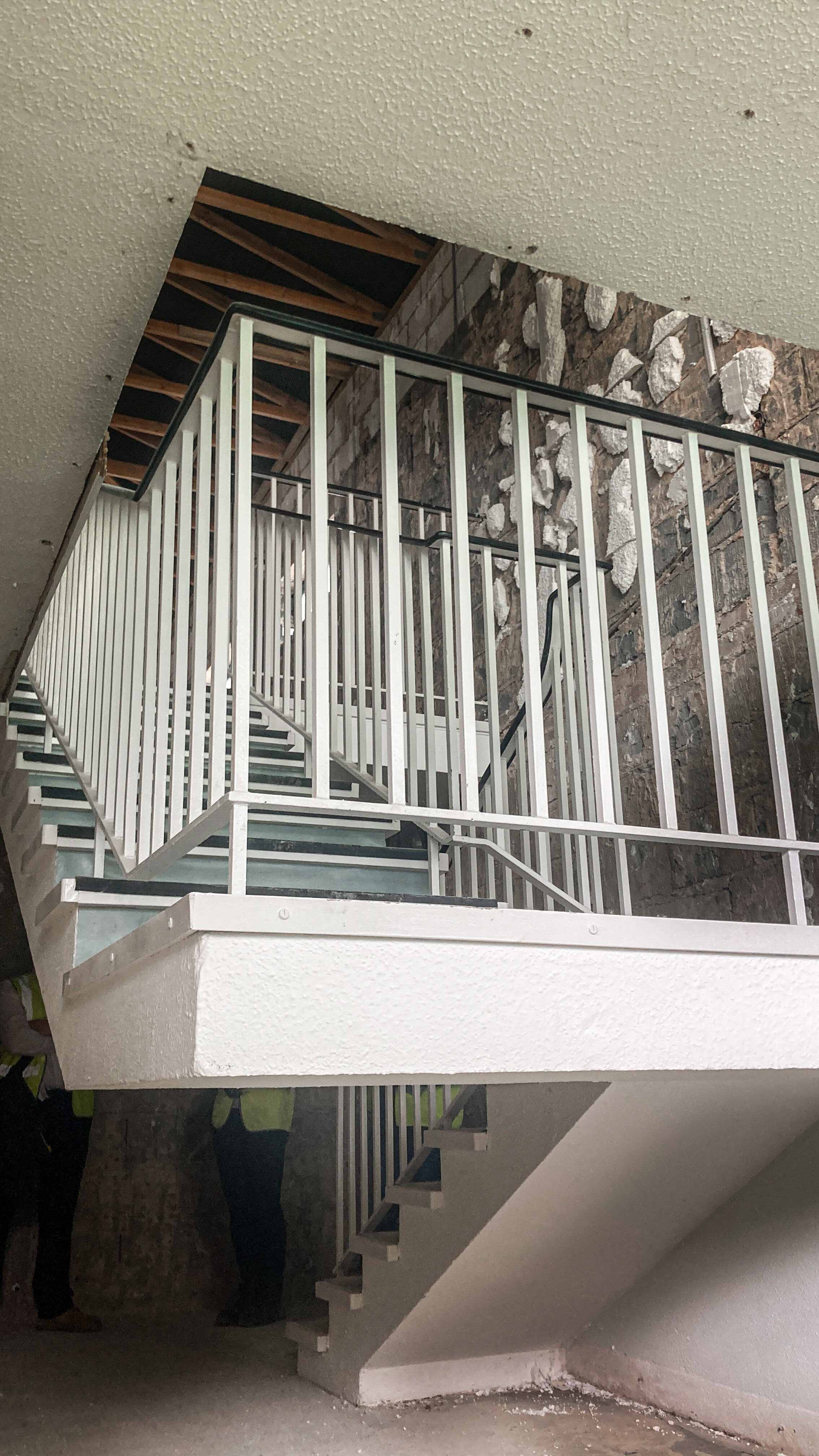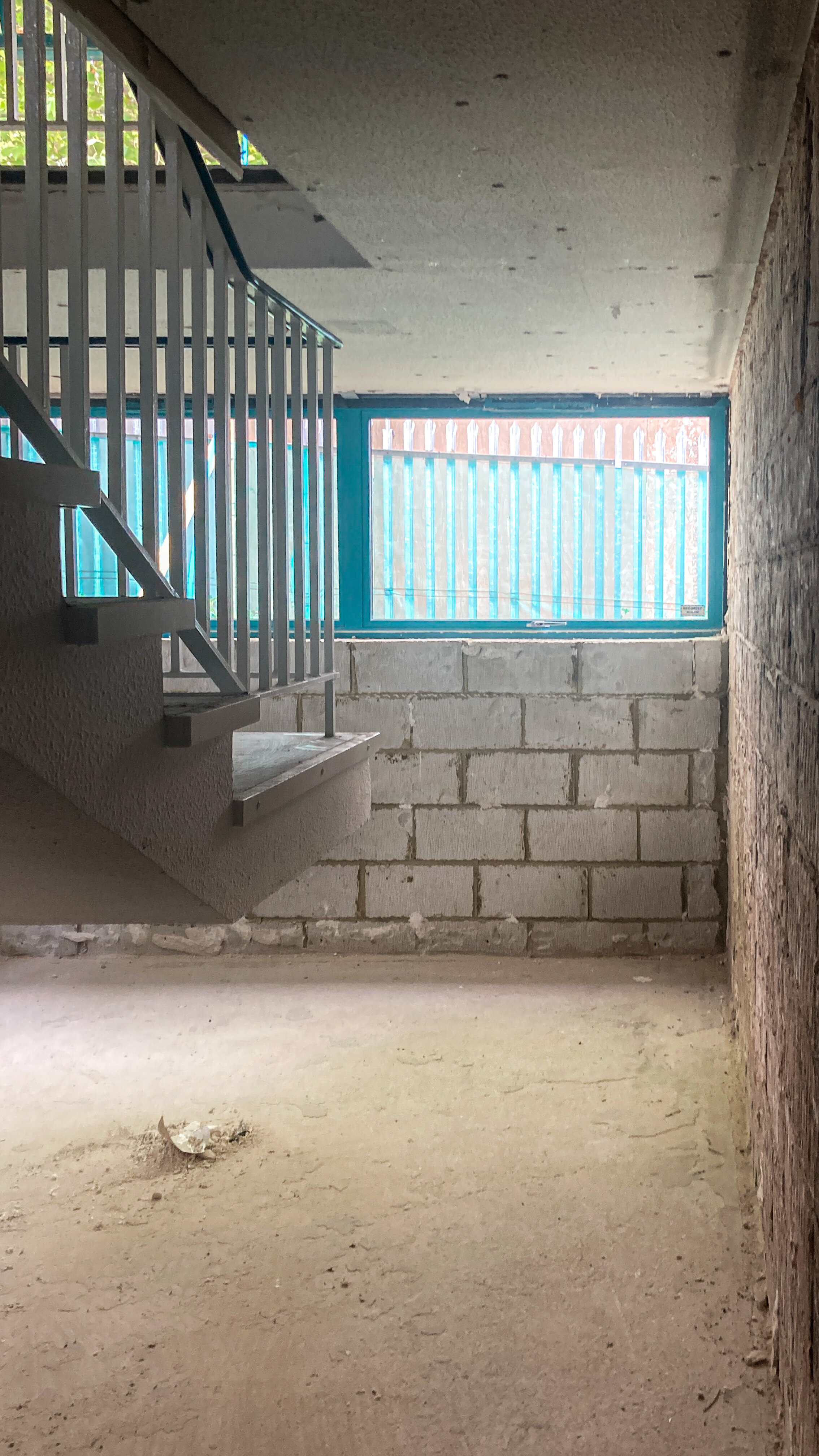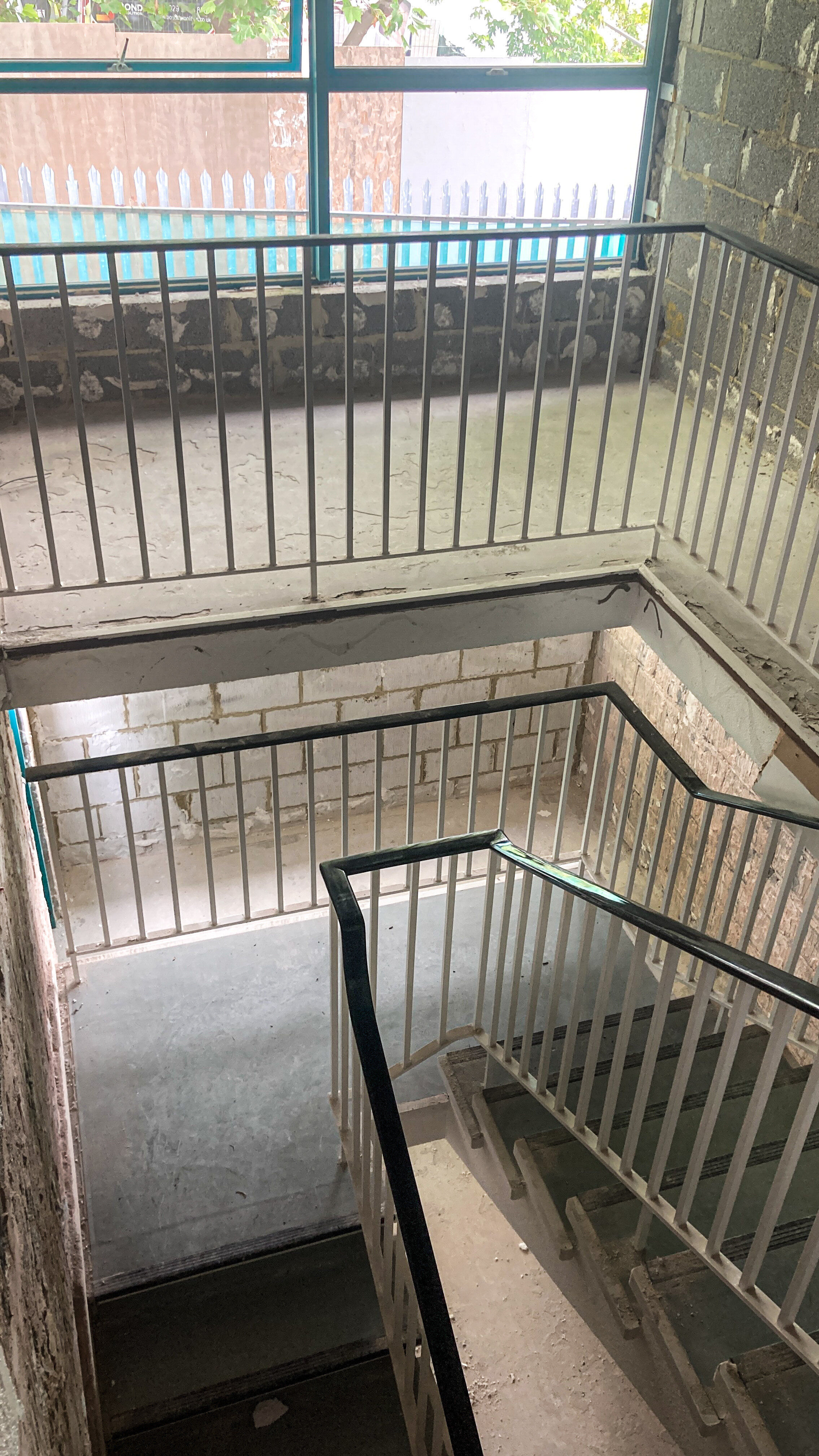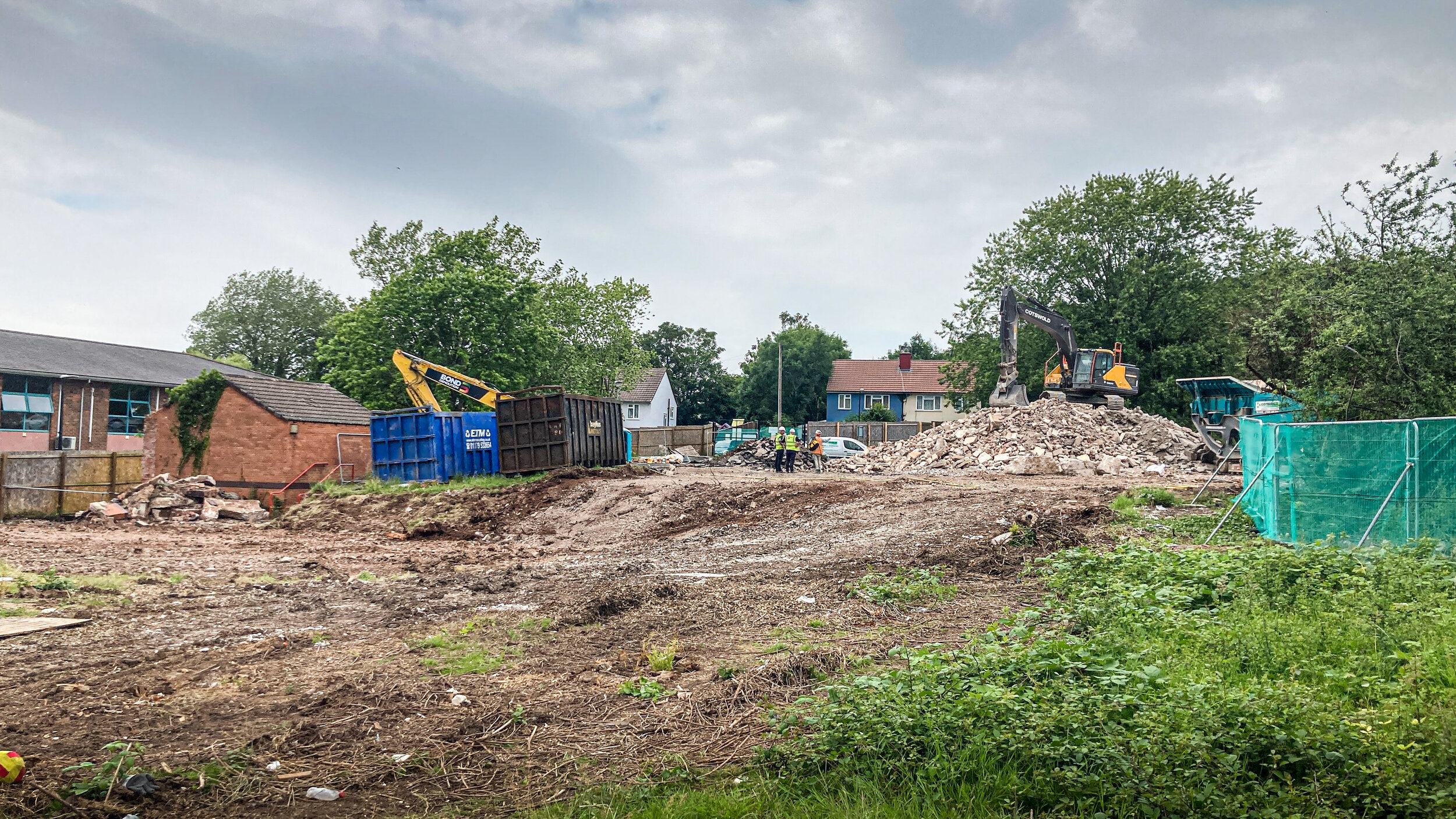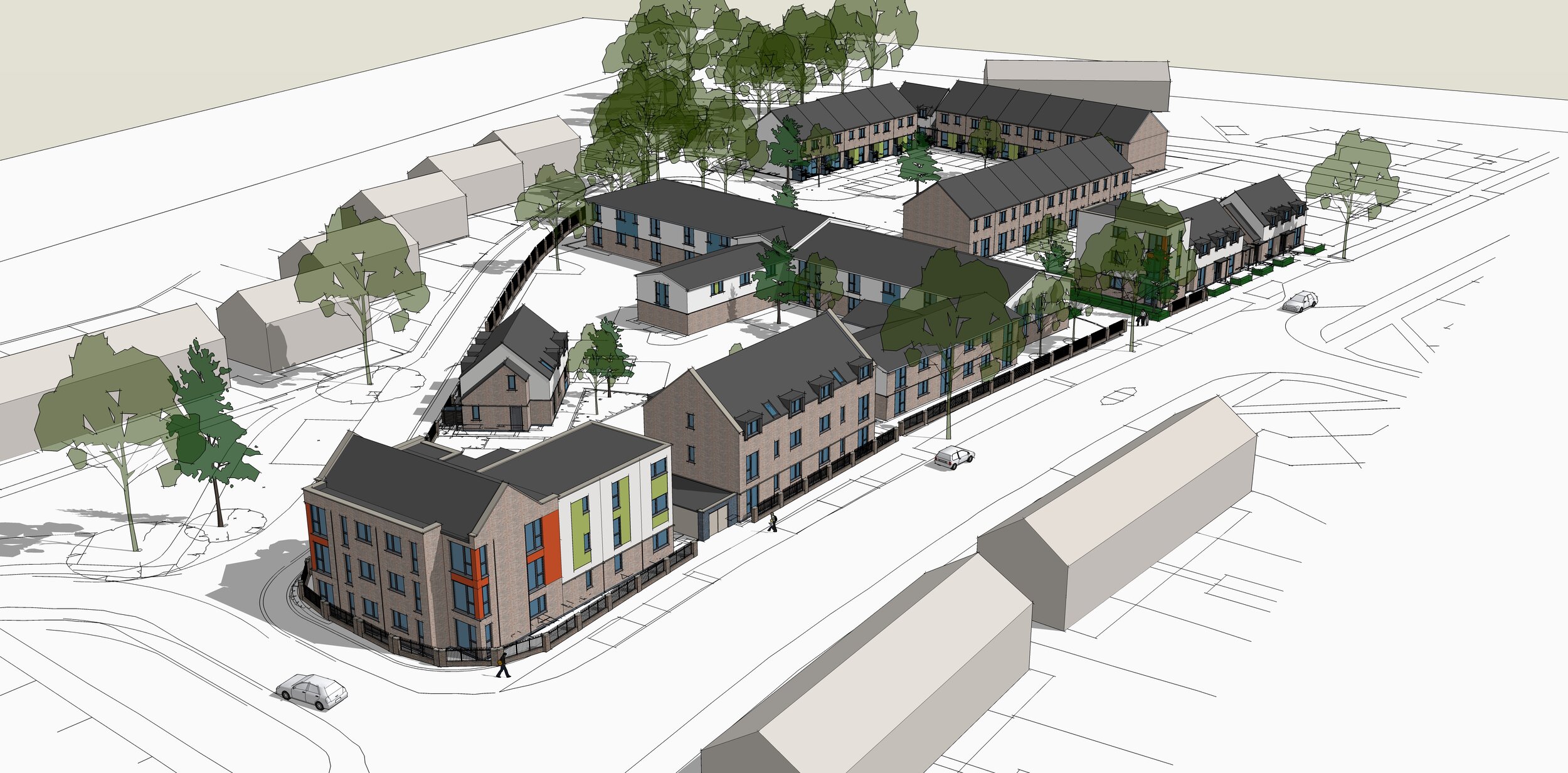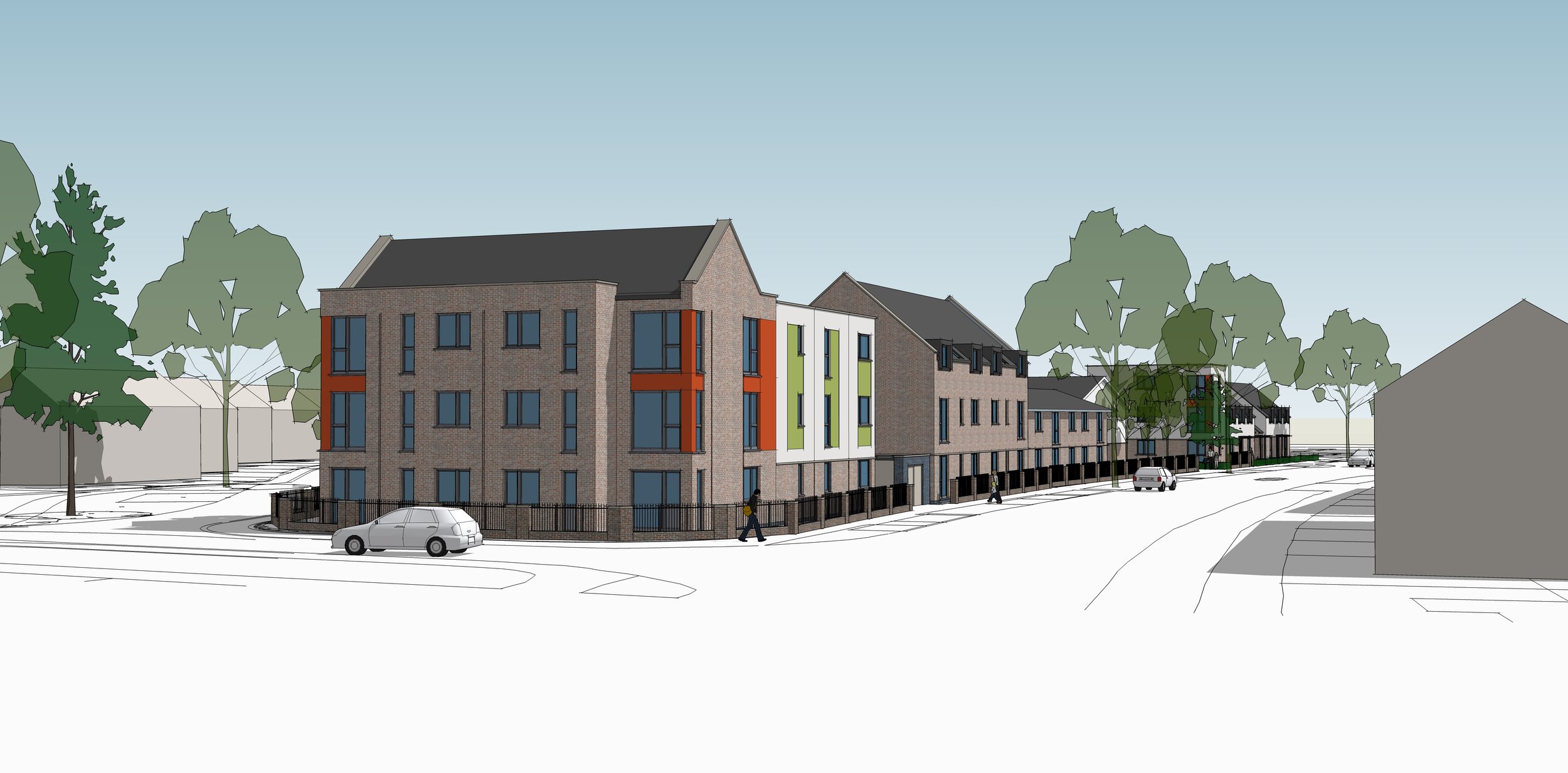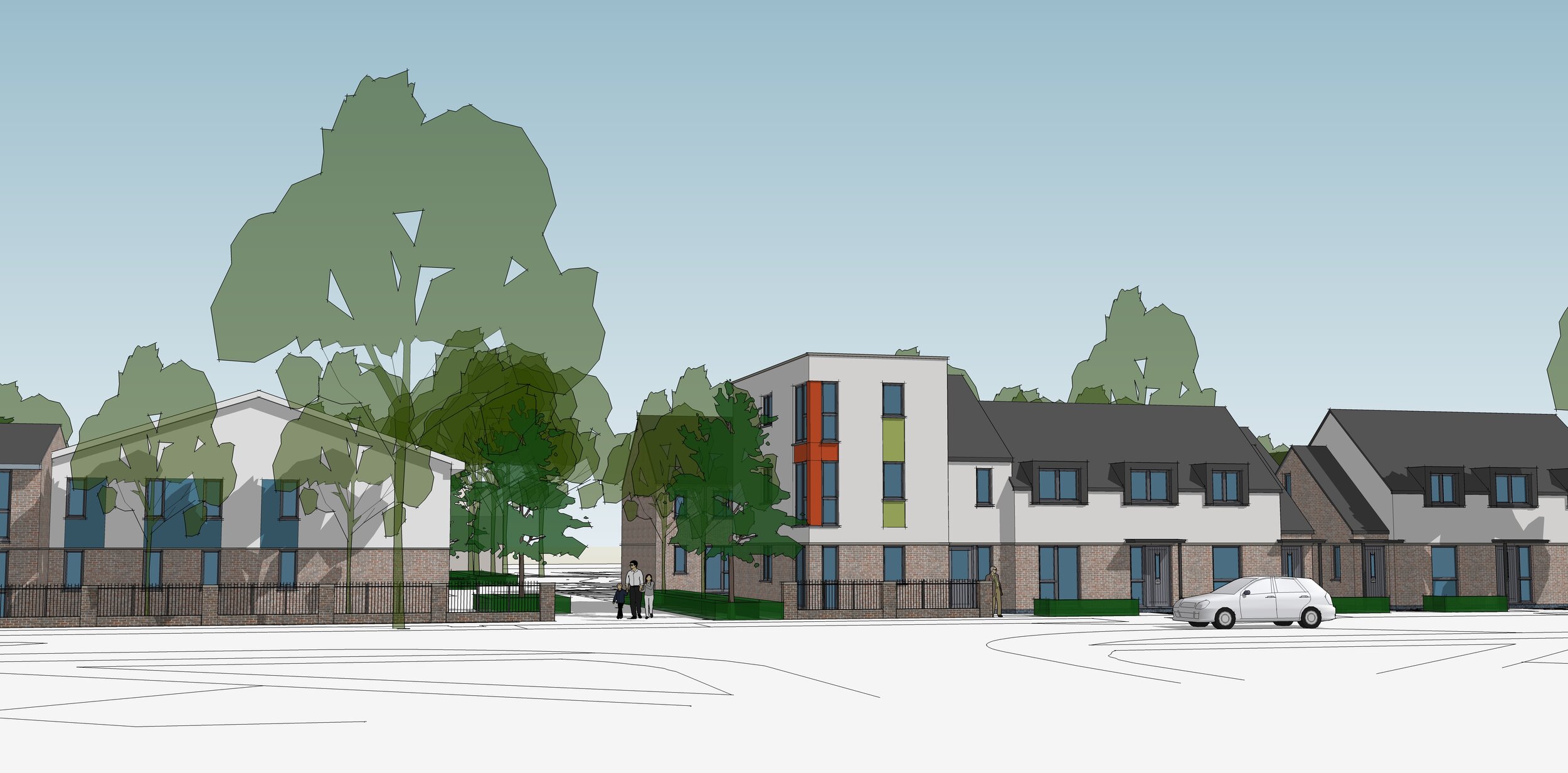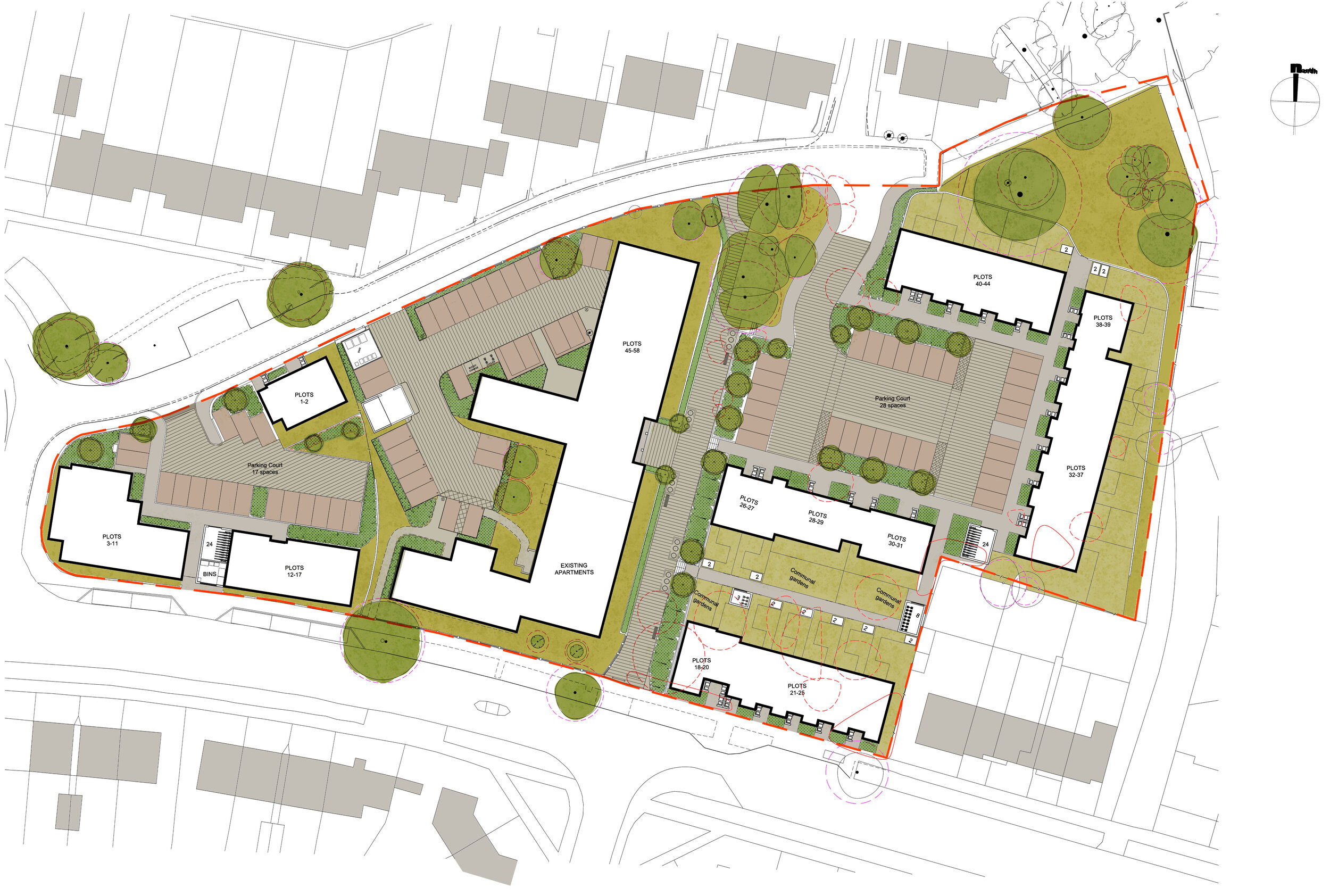One year on from handing over the keys, Stonewater have shared some exciting news.
Star Ground Phase 2 won Product innovation of the year – construction and Collaboration of the year – innovation at the Unlock Net Zero Awards for the integration of Wondrwall’s innovative all electric energy system alongside Passivhaus design principles.
Wondrwall incorporate solar PV energy generation alongside air source heat pumps, battery storage, and all electric heating to create energy efficient homes which are cheap to run. These systems coupled with the fabric first approach of Passivhaus lead to low bills and lower emissions.
After one year of occupancy, the average running cost was £857. 46% less than the SAP prediction, and 51% less than the average UK home.
The carbon savings were even more impressive, with an average annual carbon footprint of 357kg, compared with a SAP prediction of 829kg and a UK average of 2,914kg. This equates to an 88% reduction in CO2 emissions.
With the Future Homes Standard looking to encourage all electric dwellings, we will take our learnings from this project forward into our future designs.





